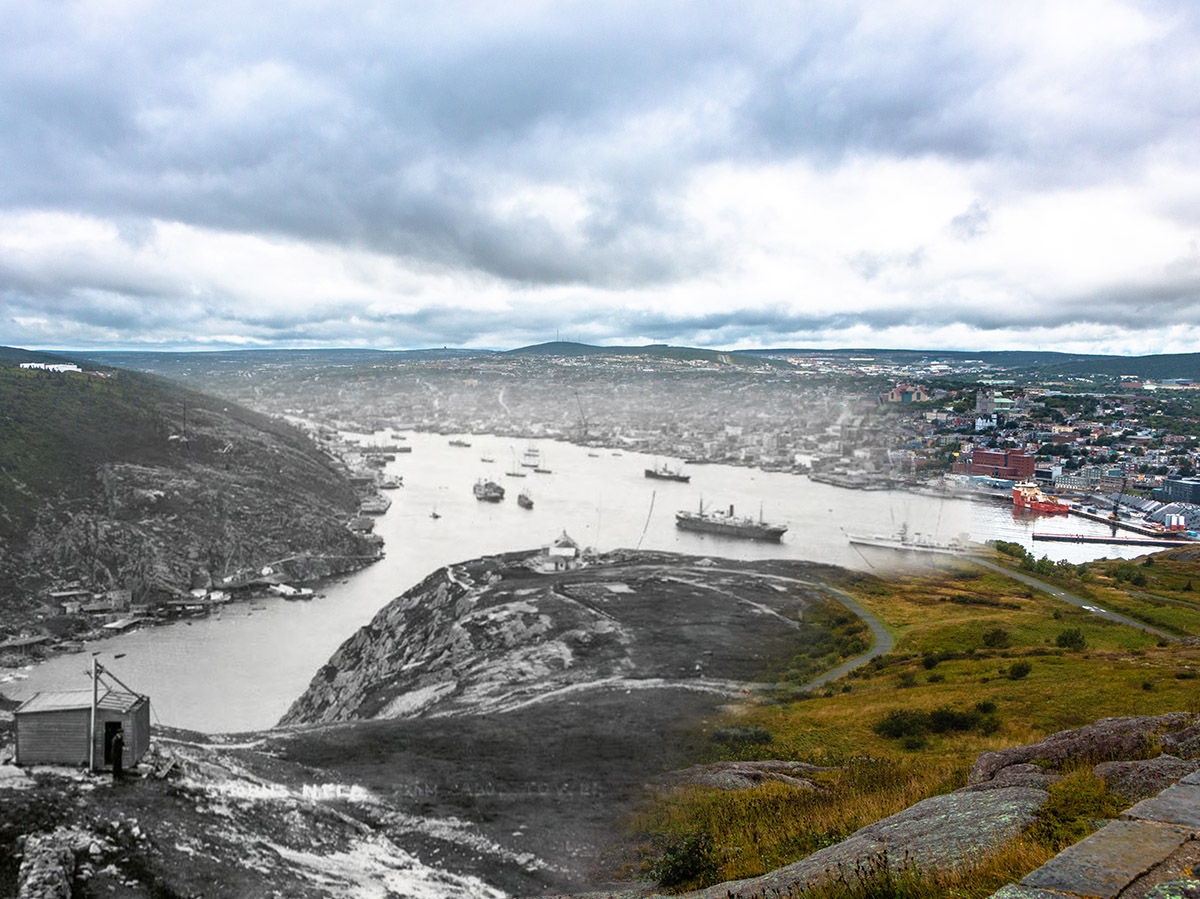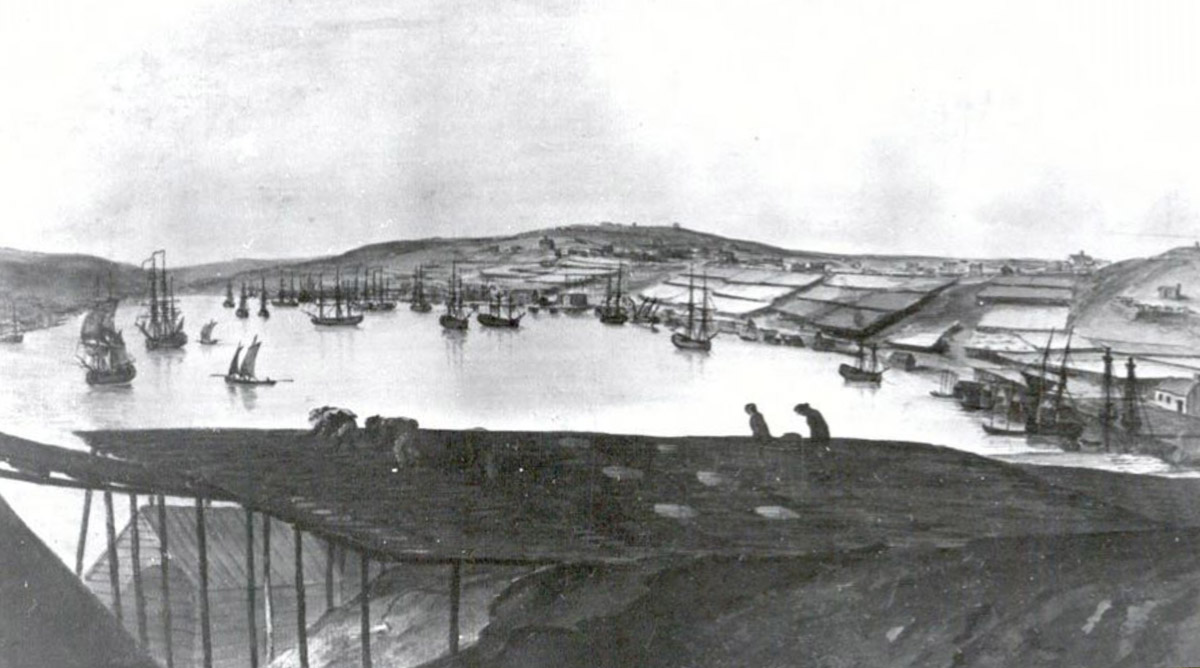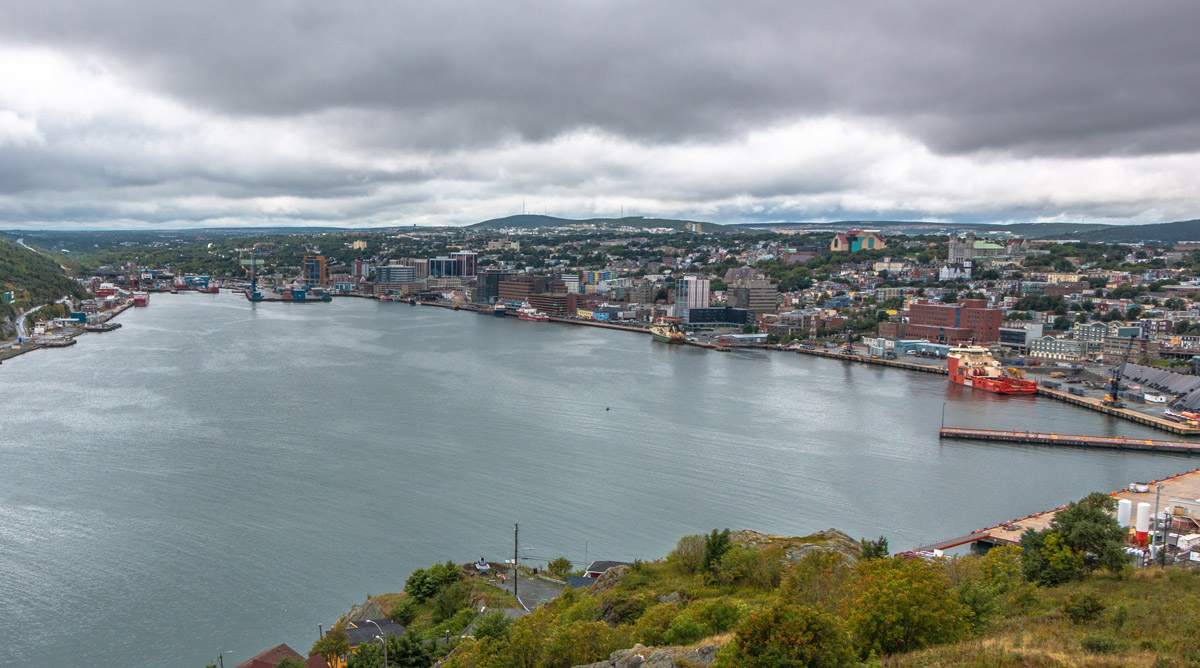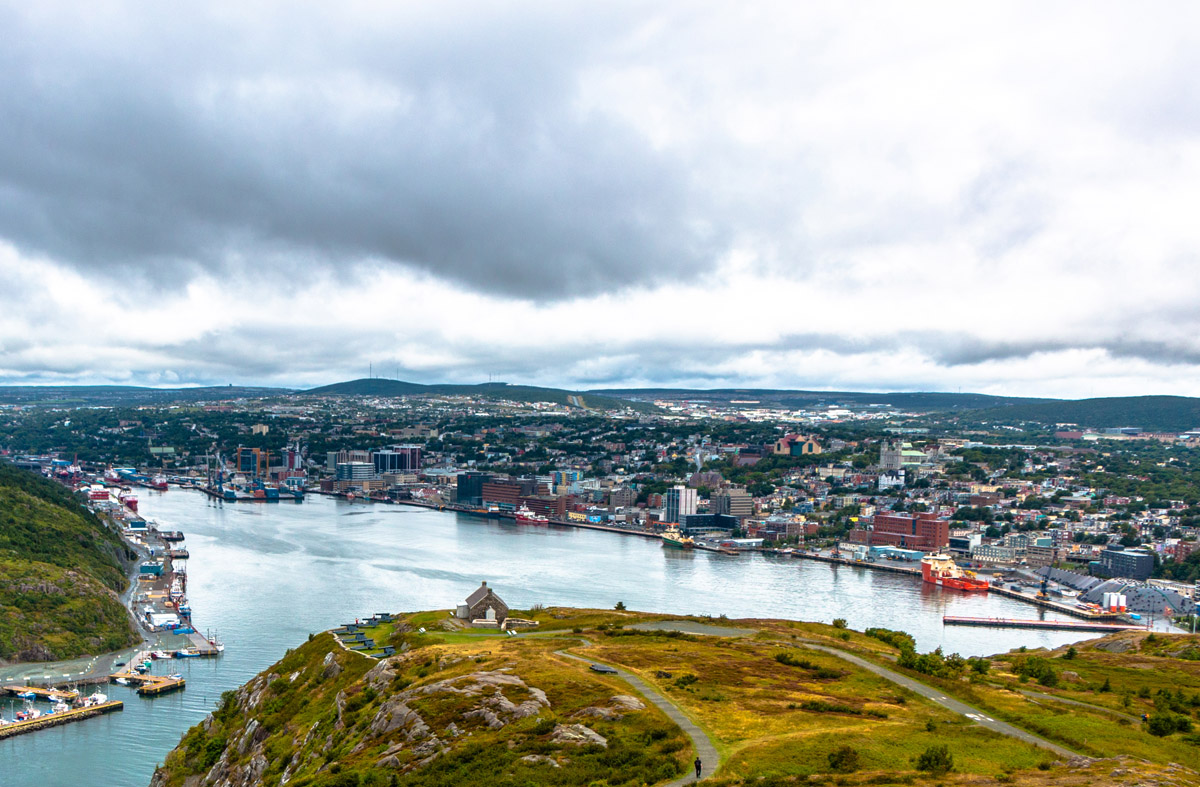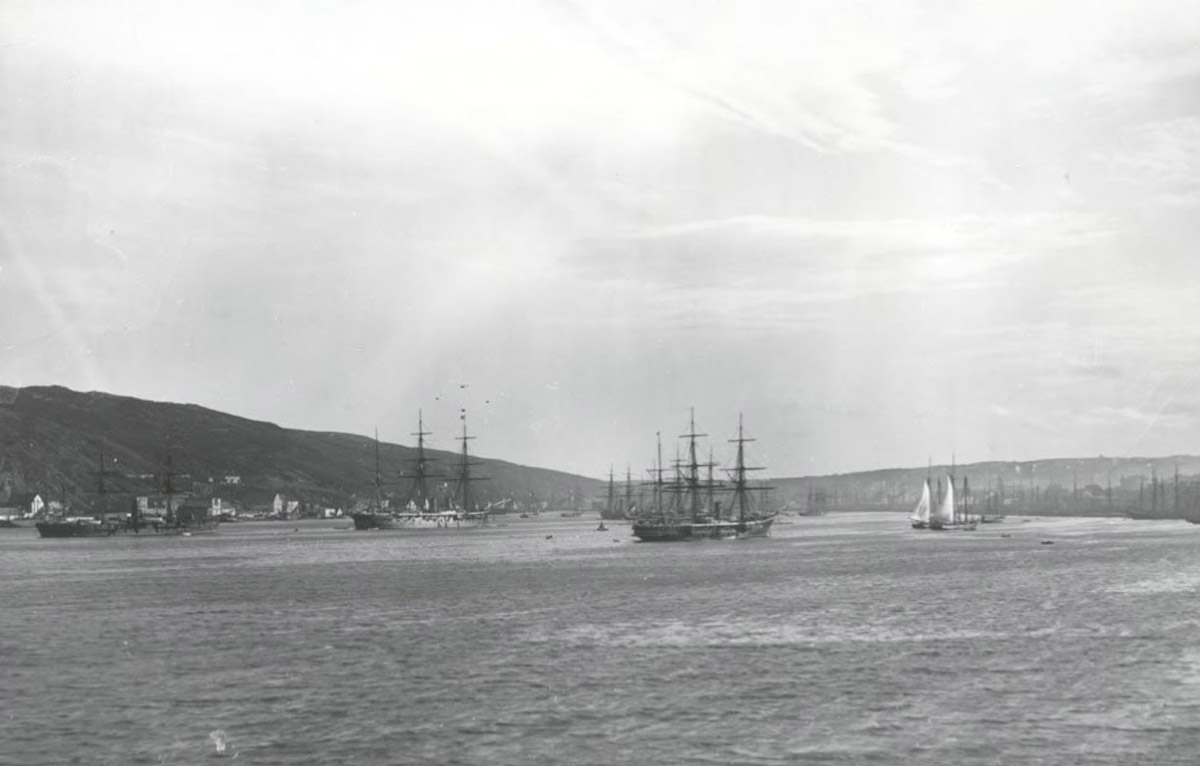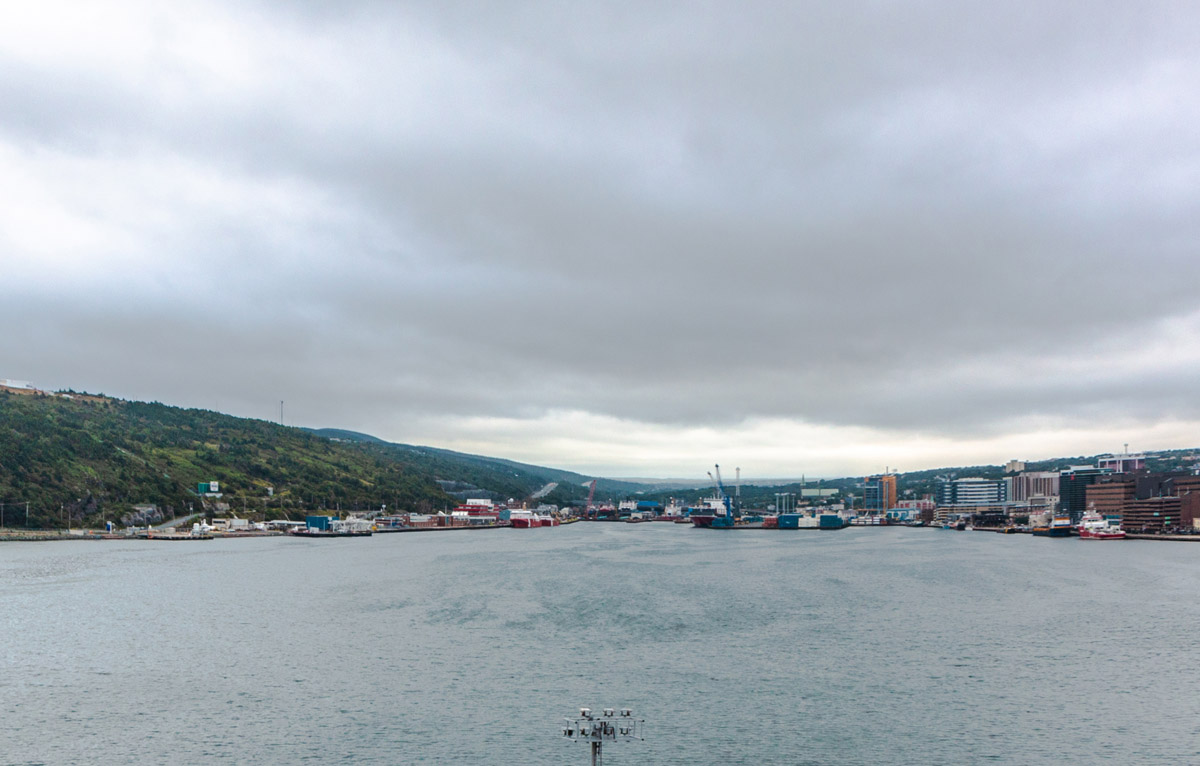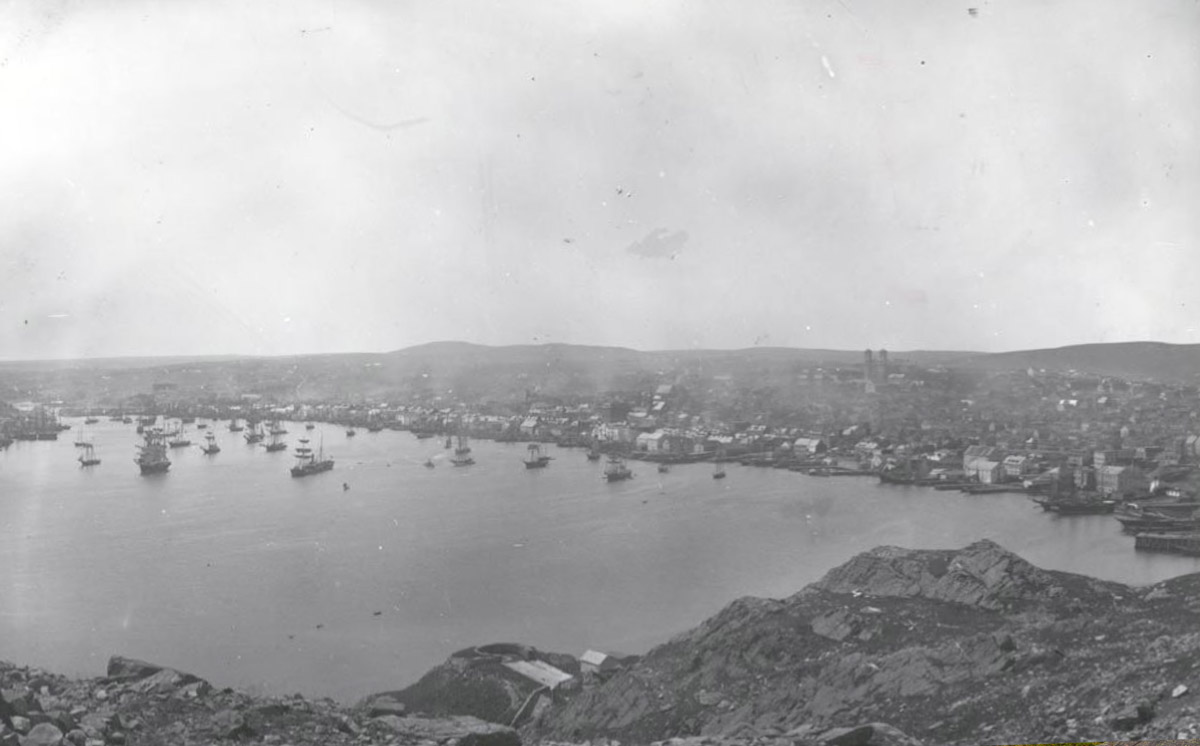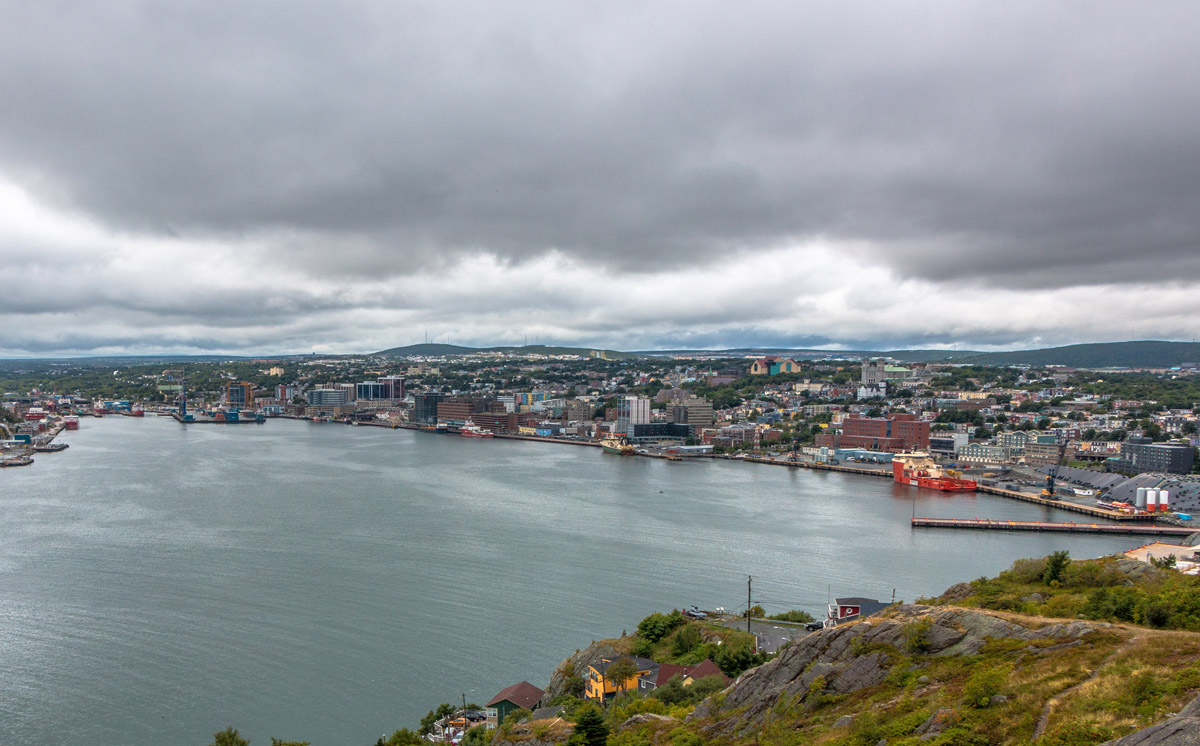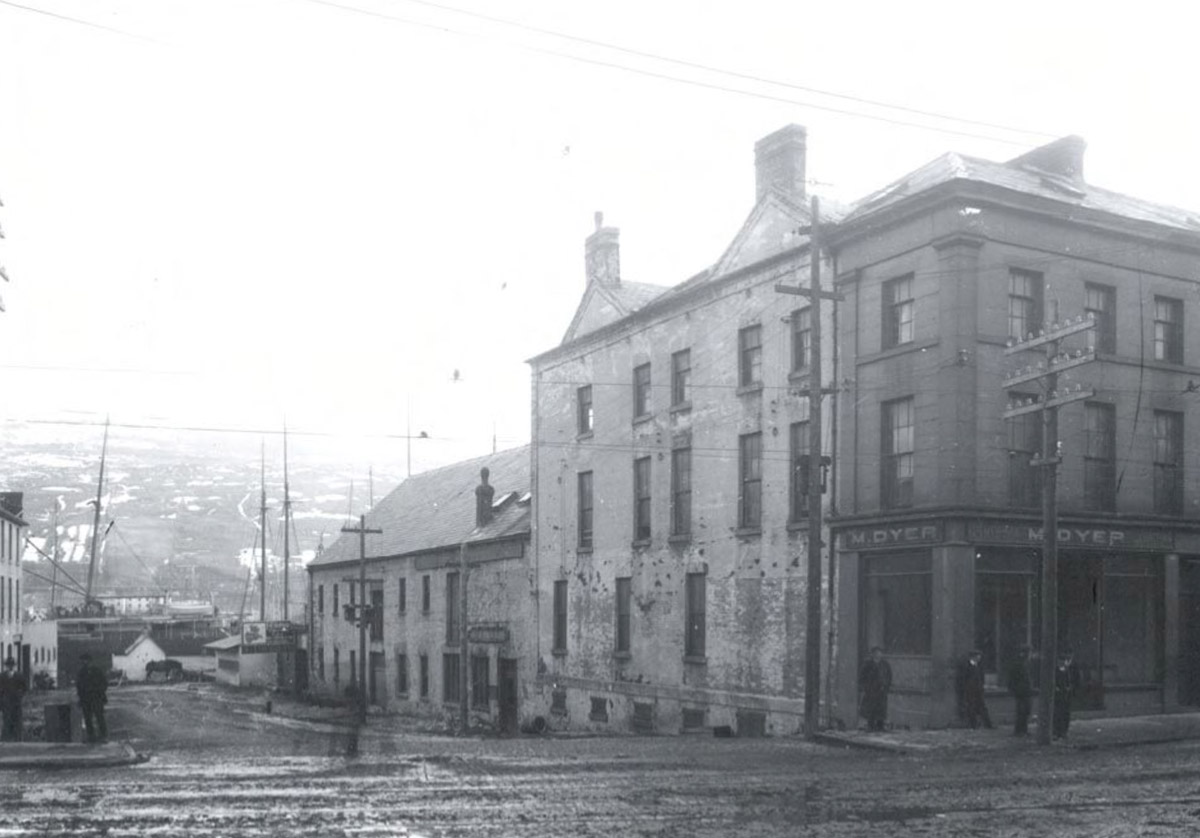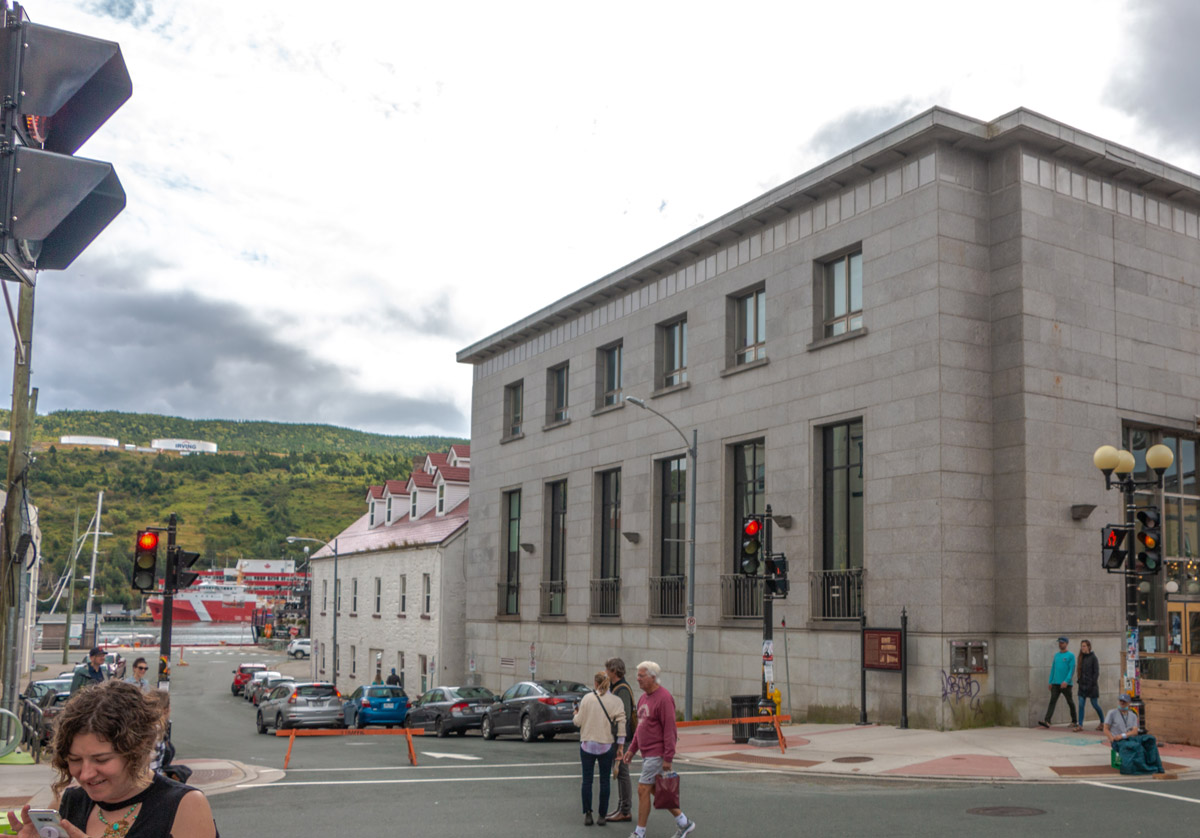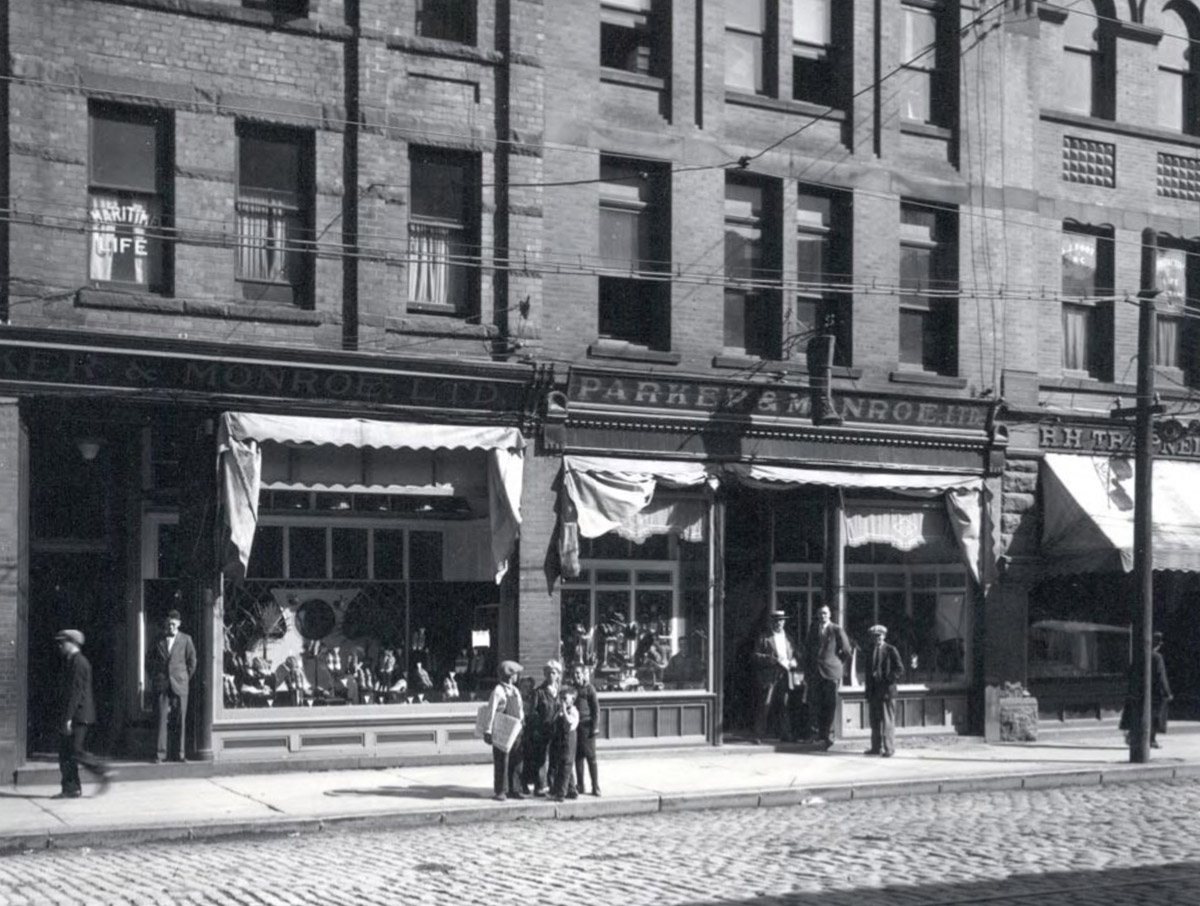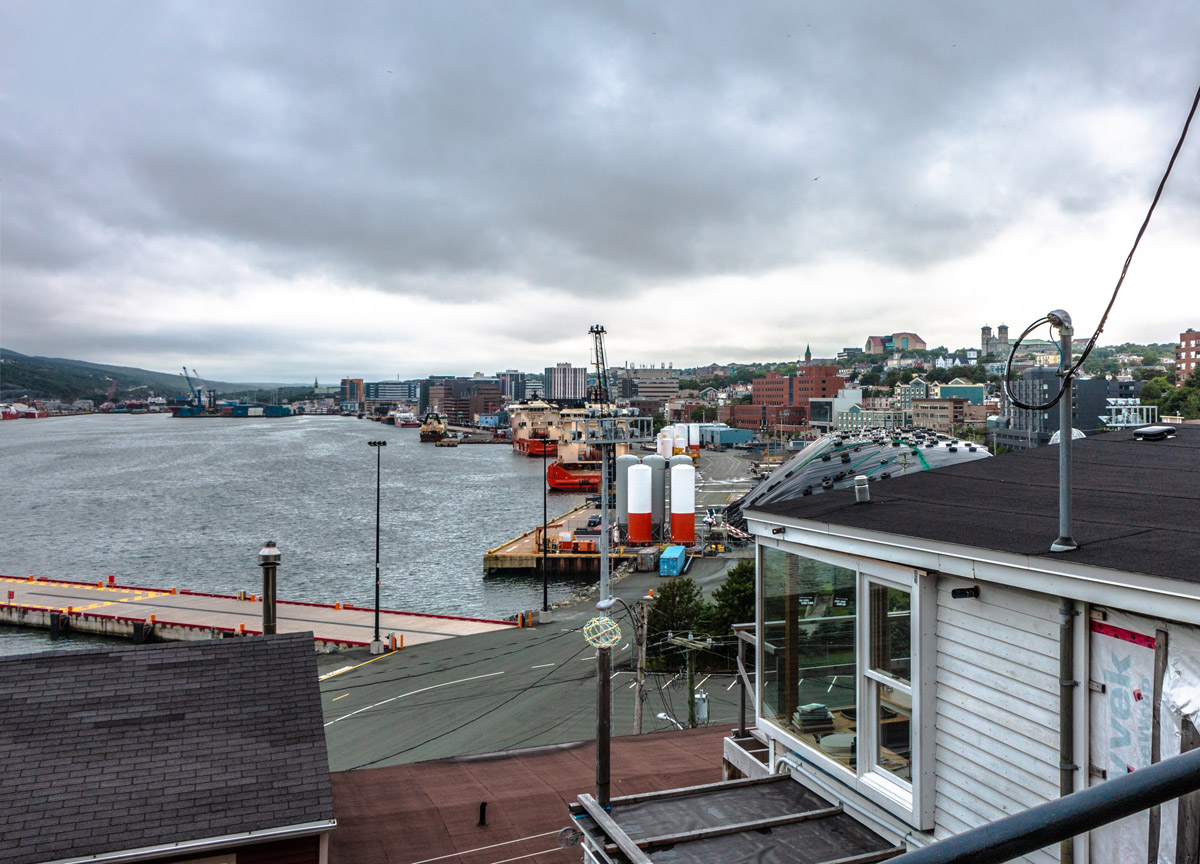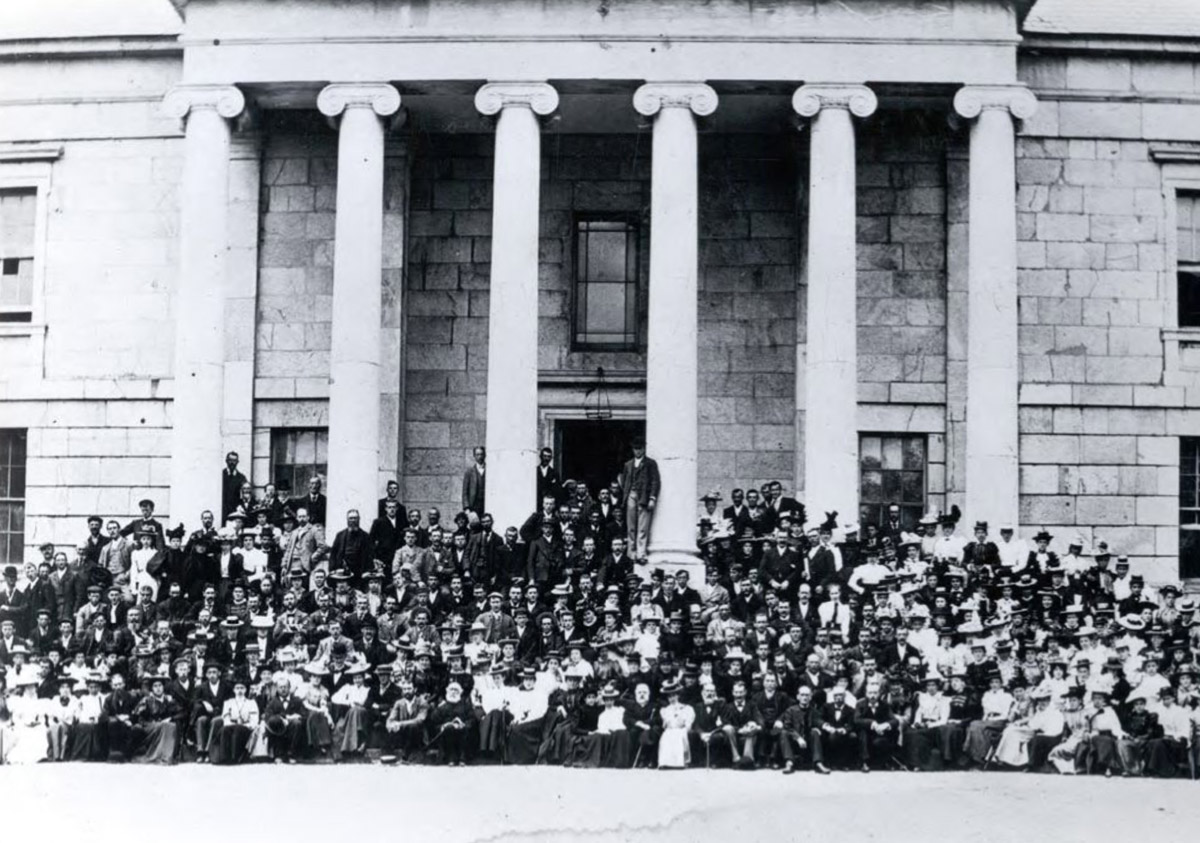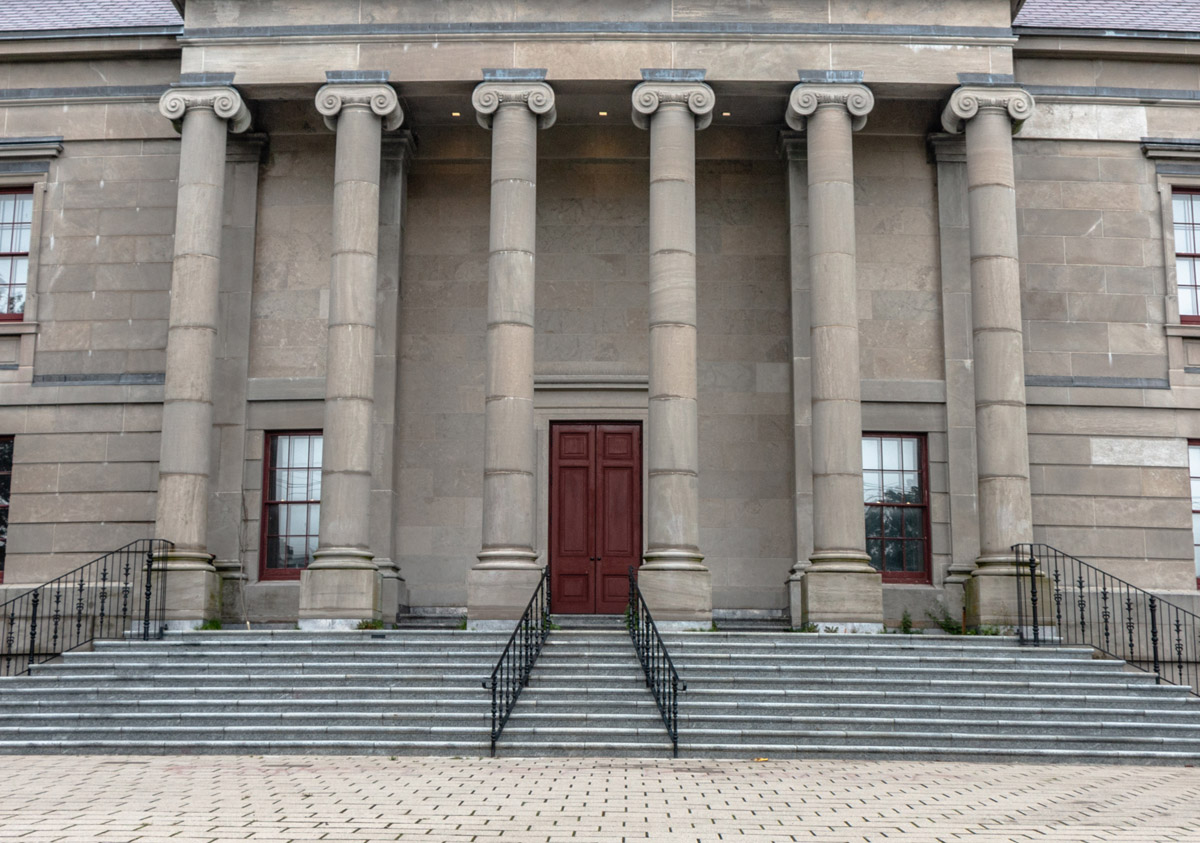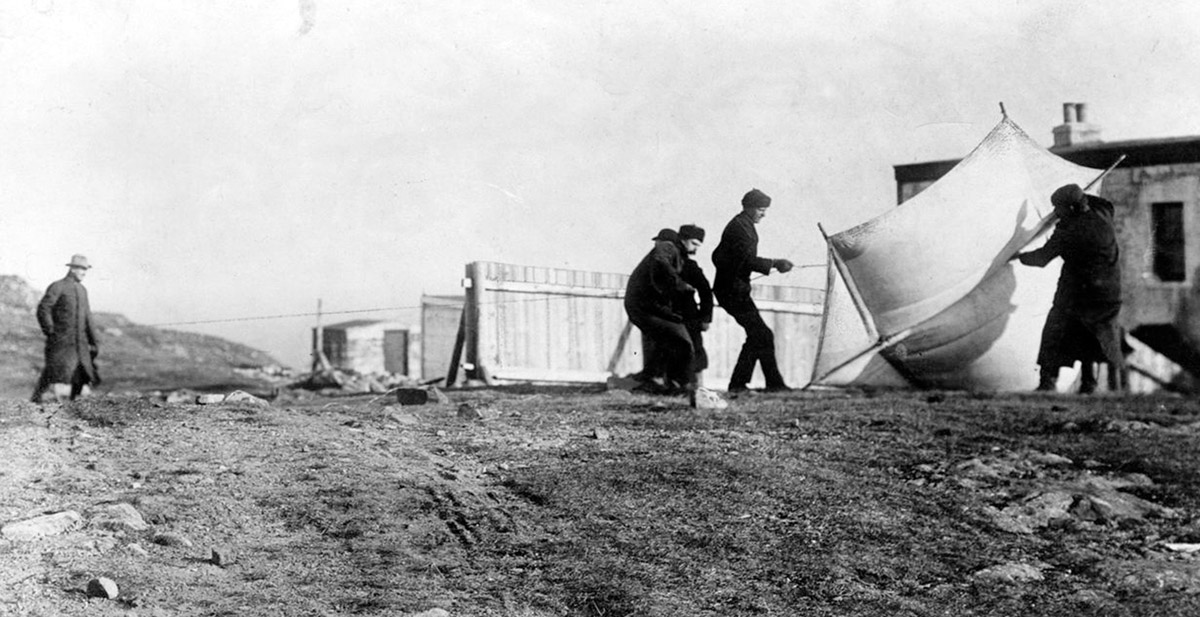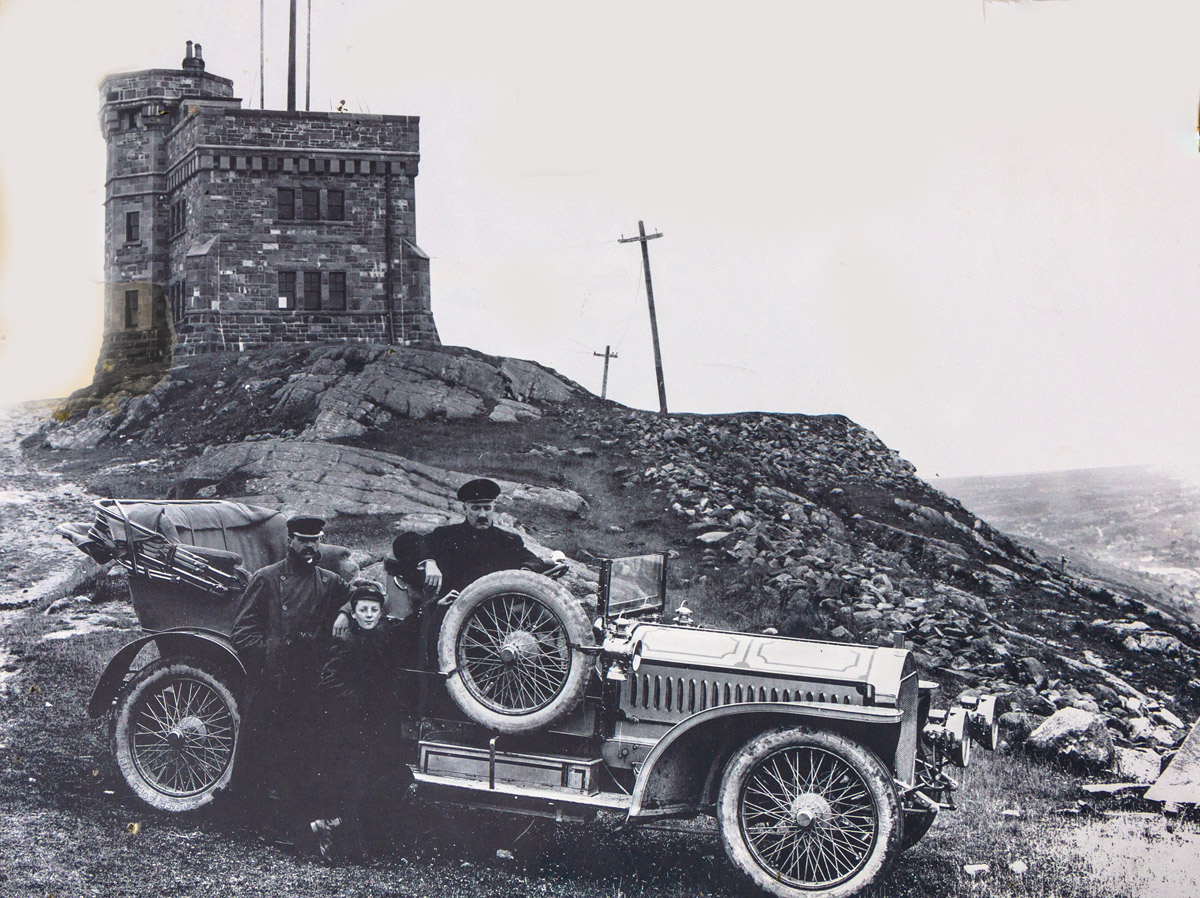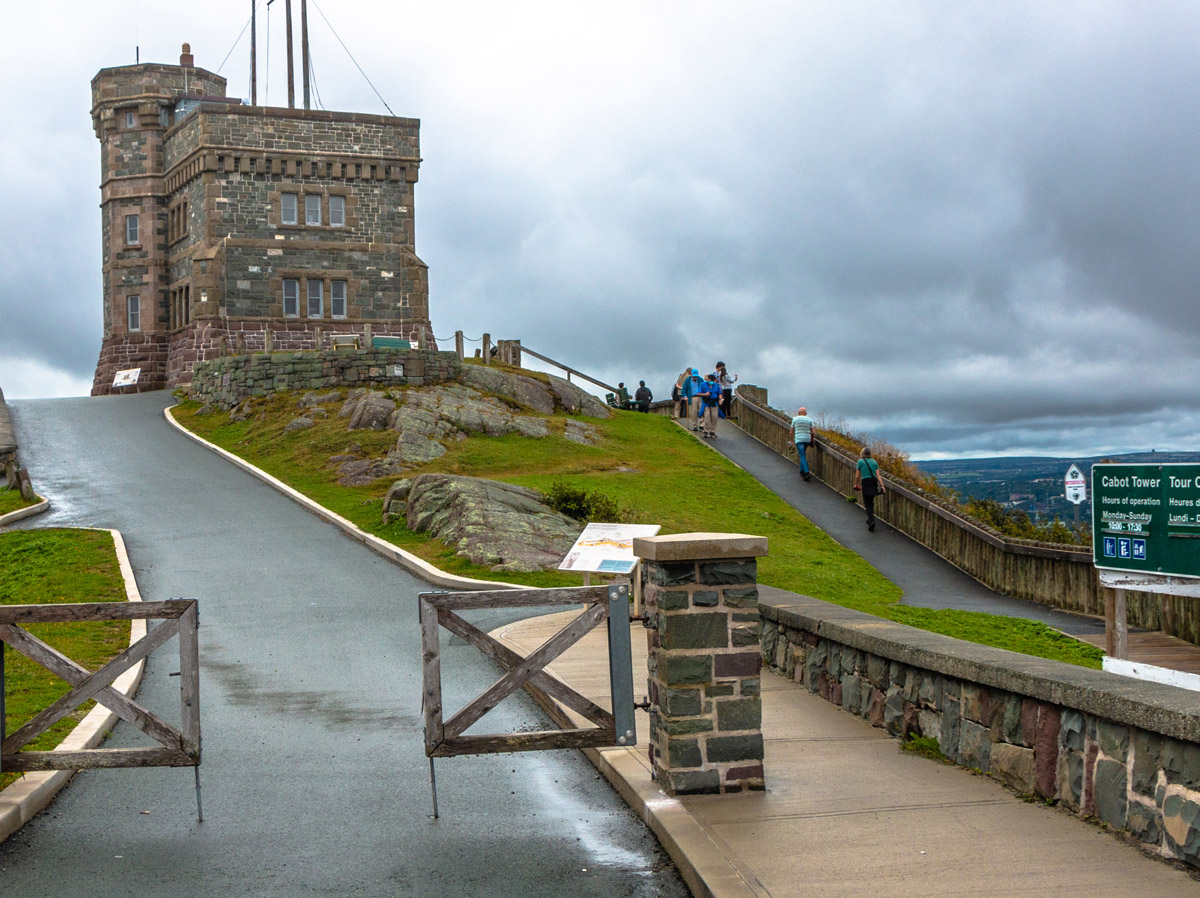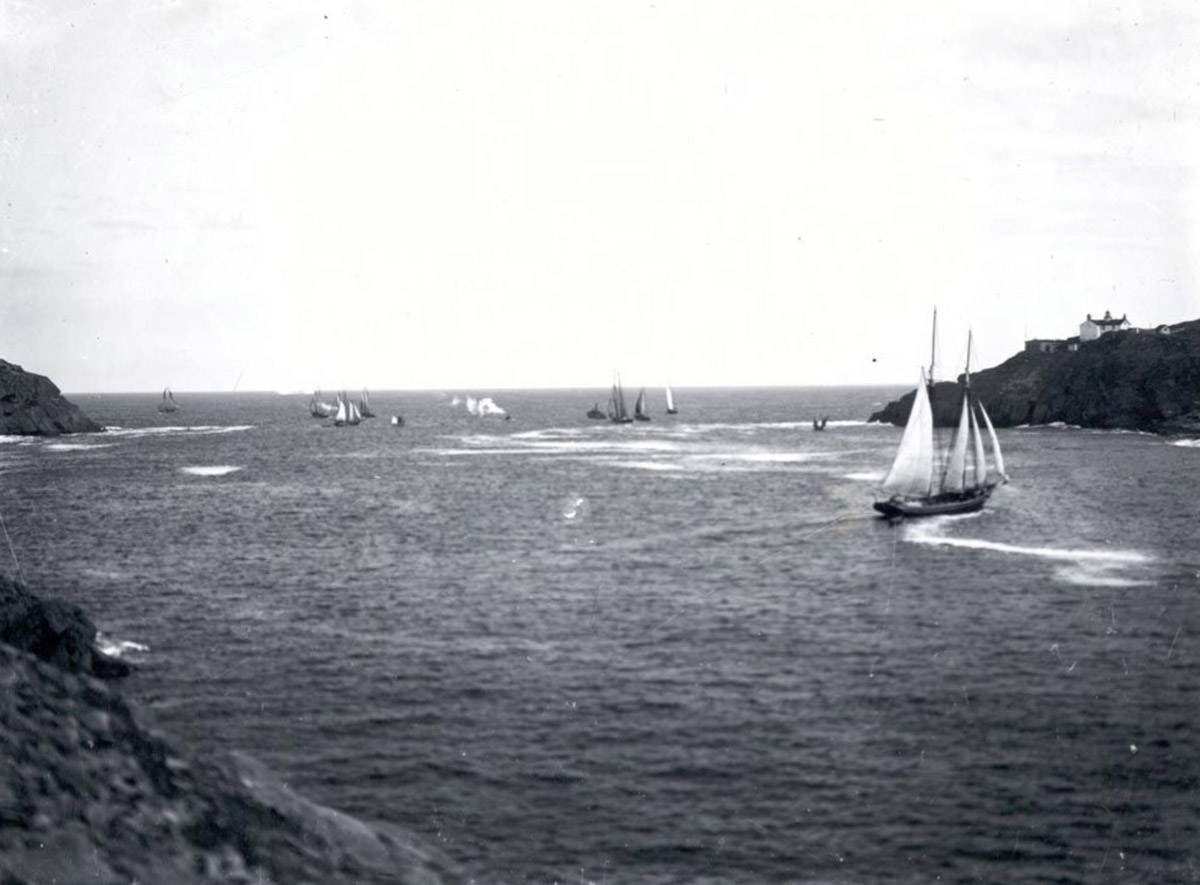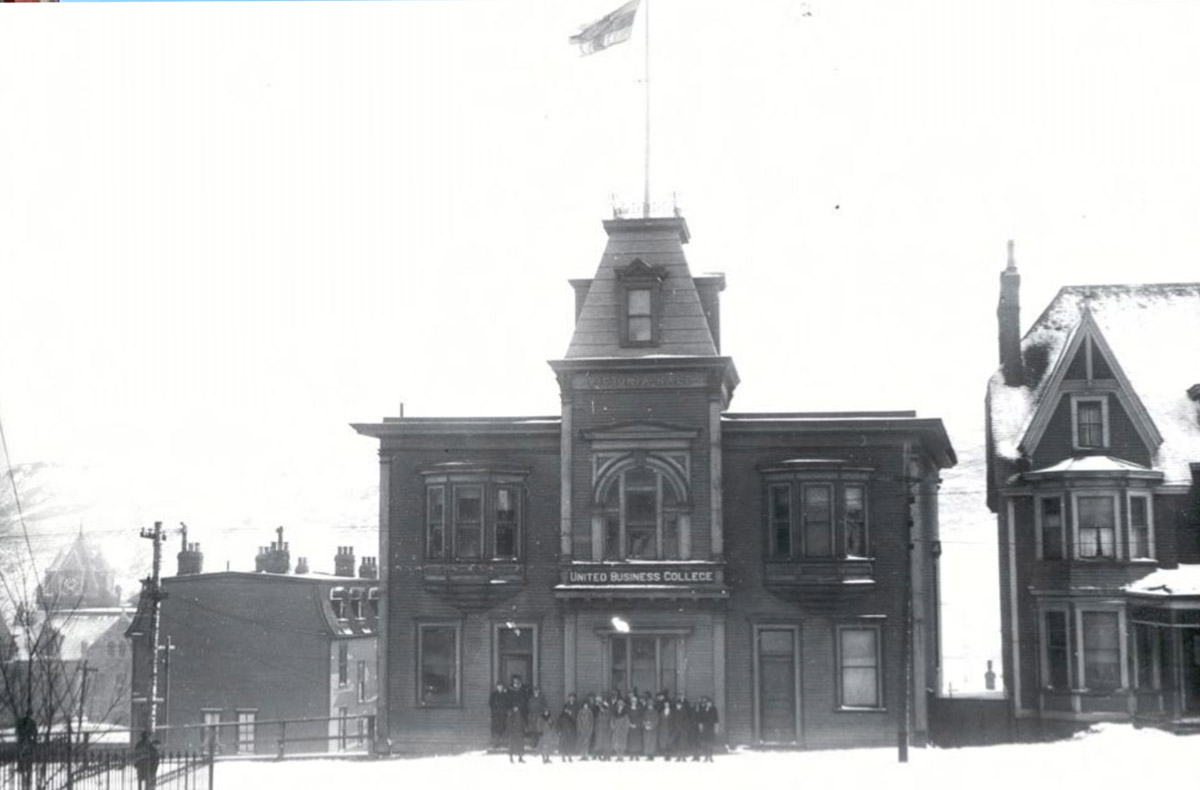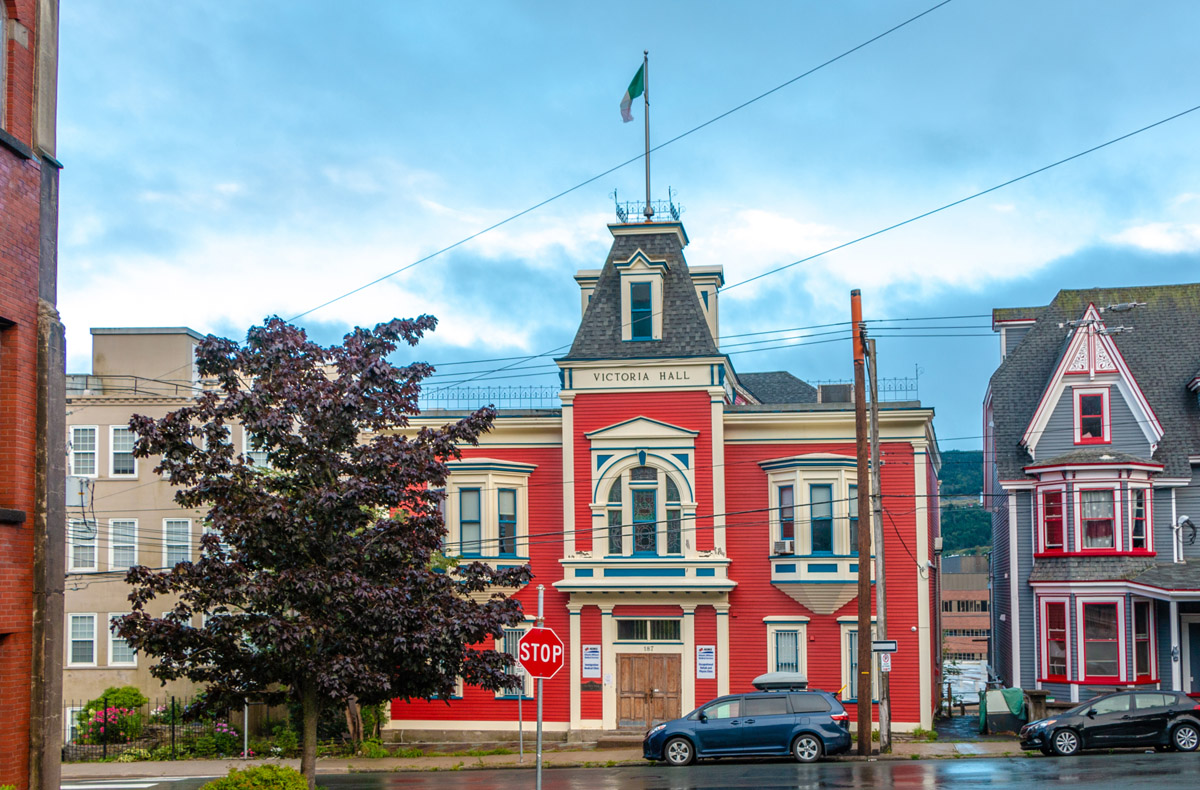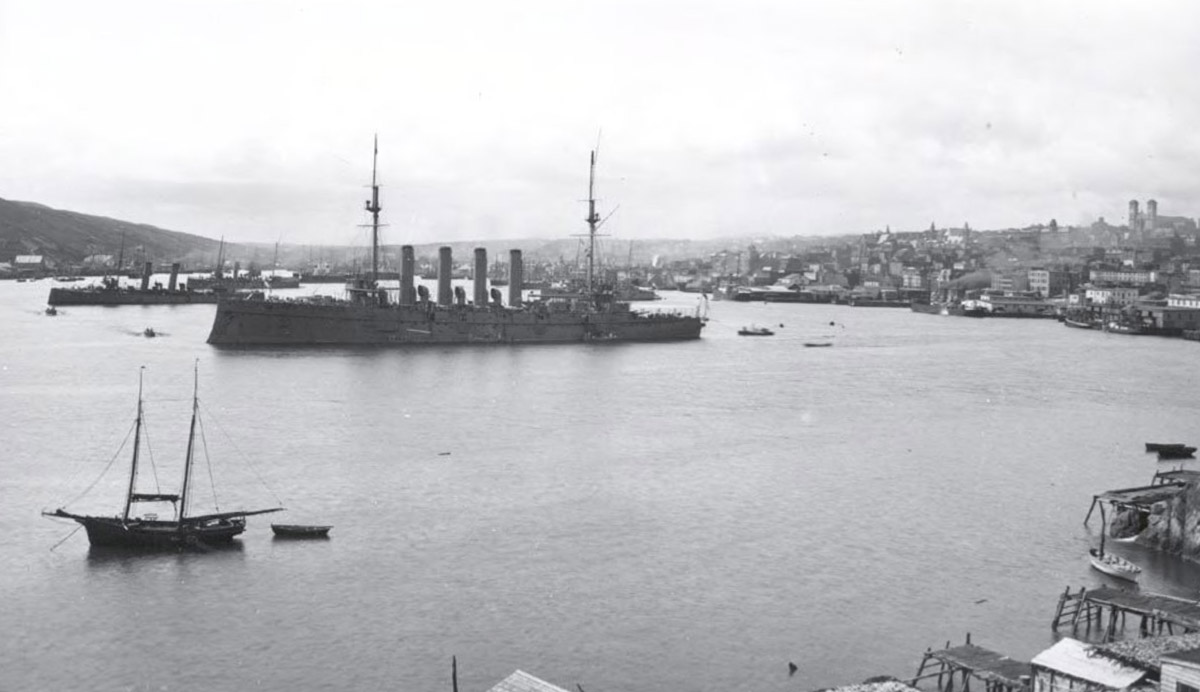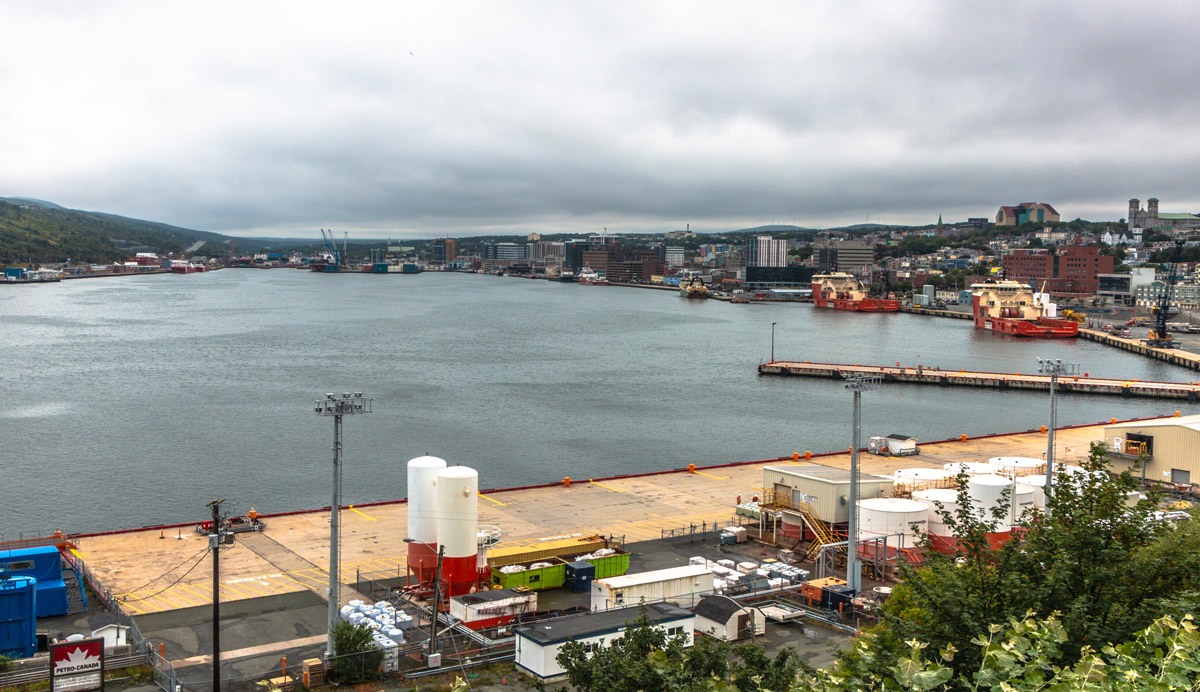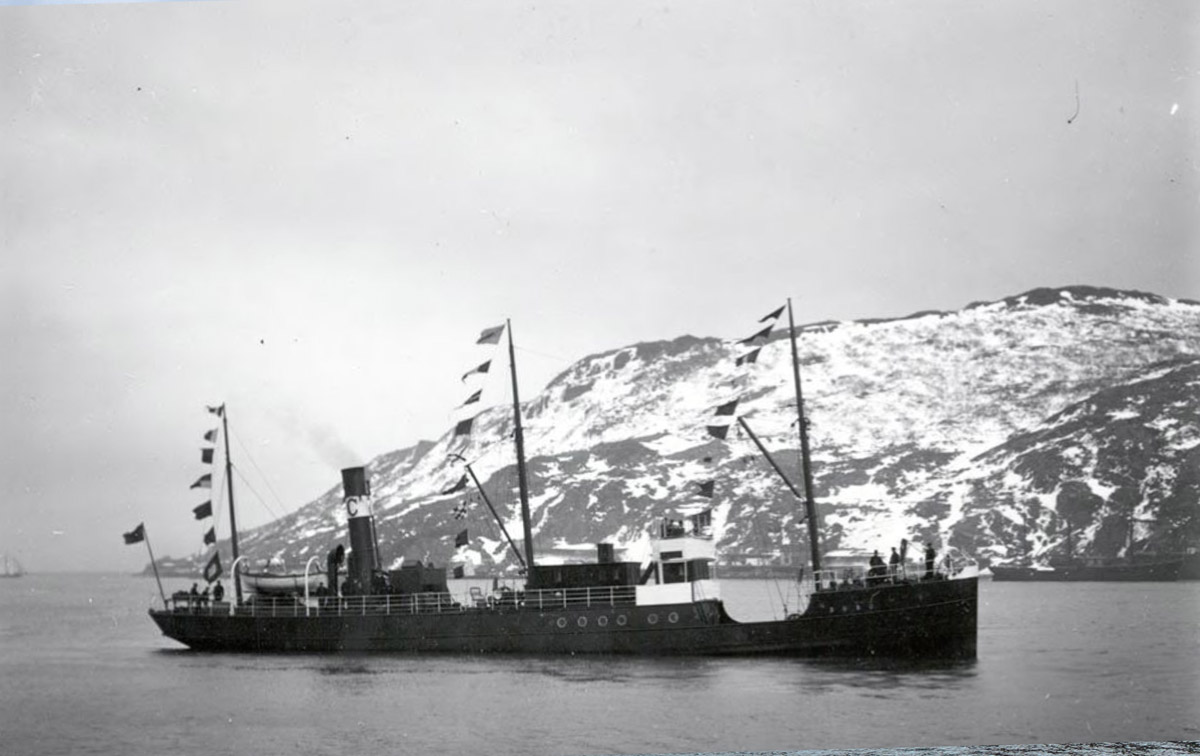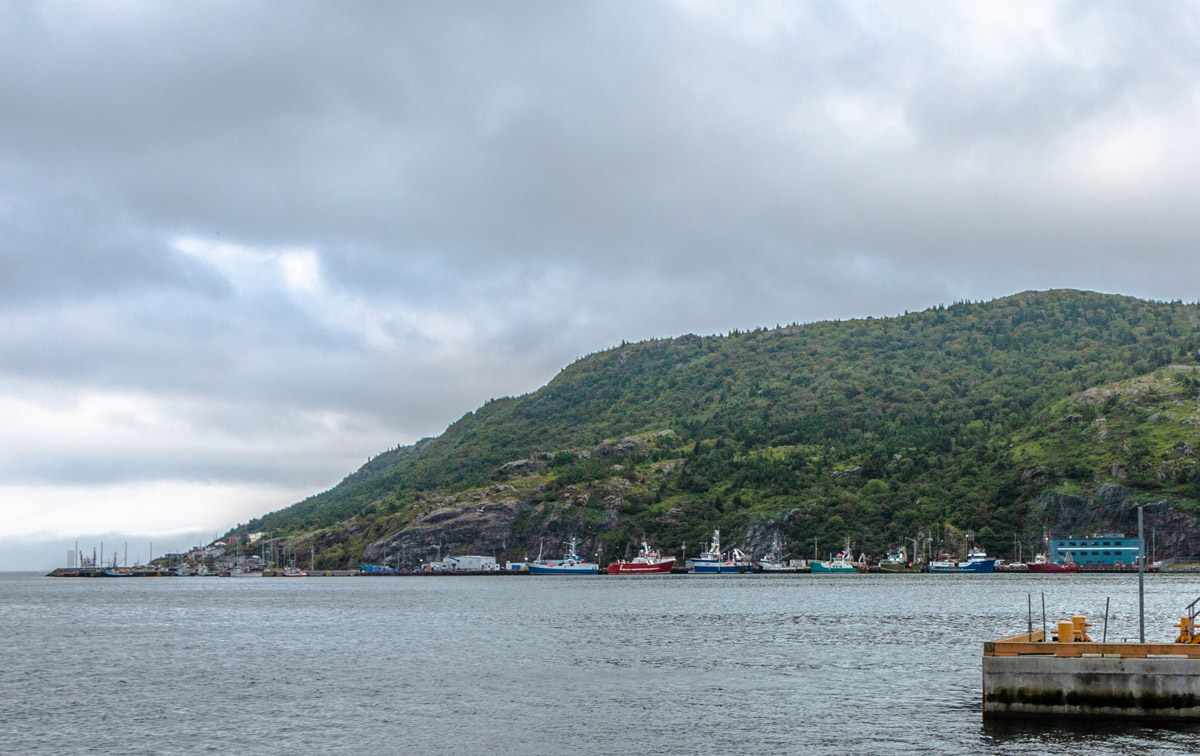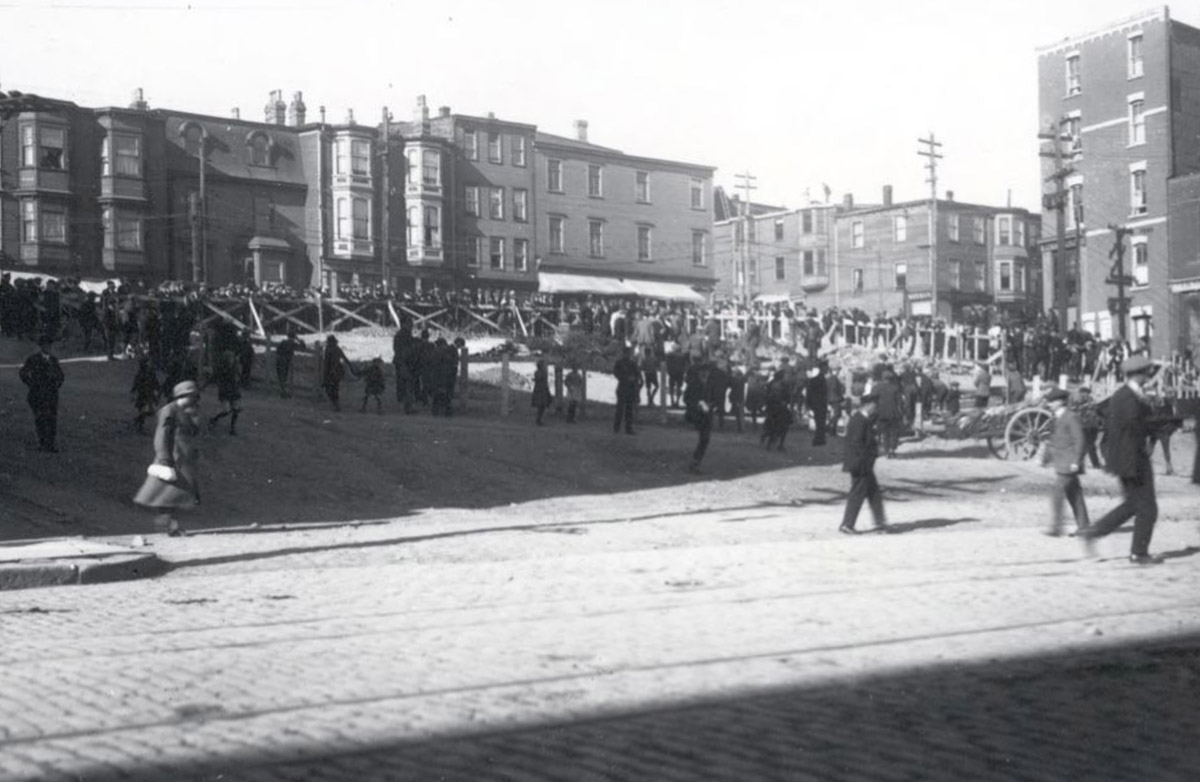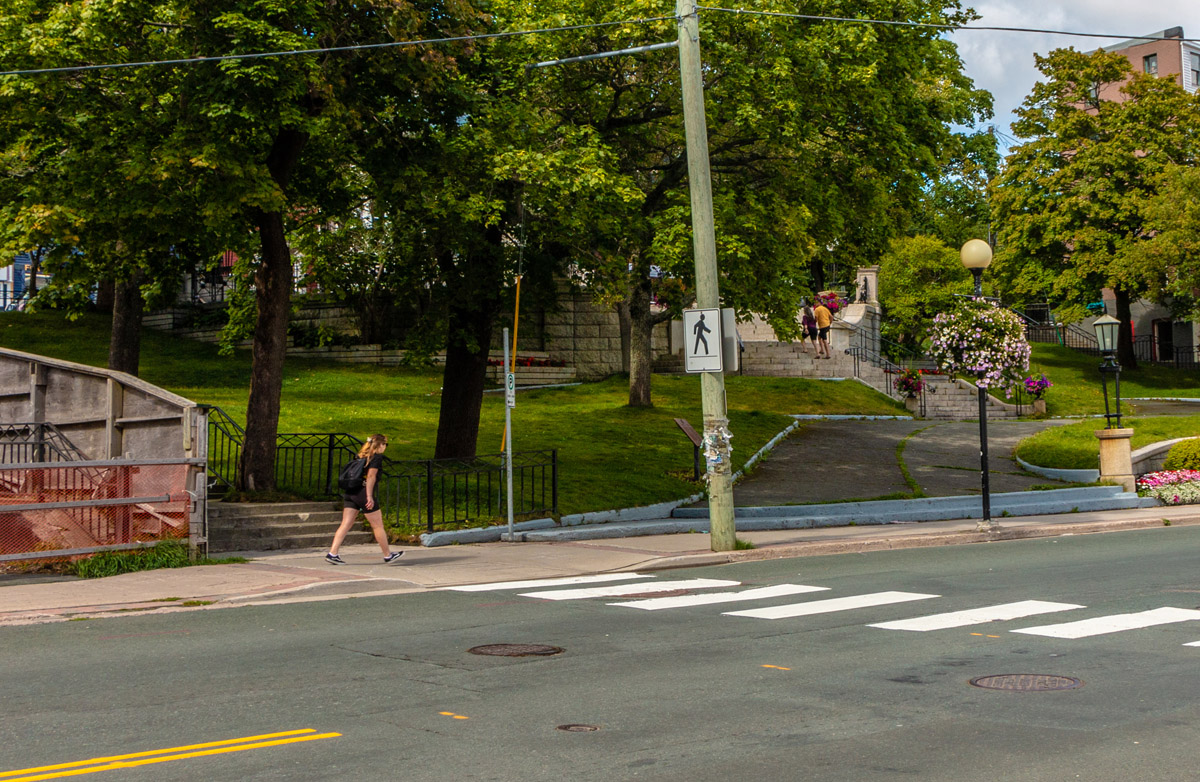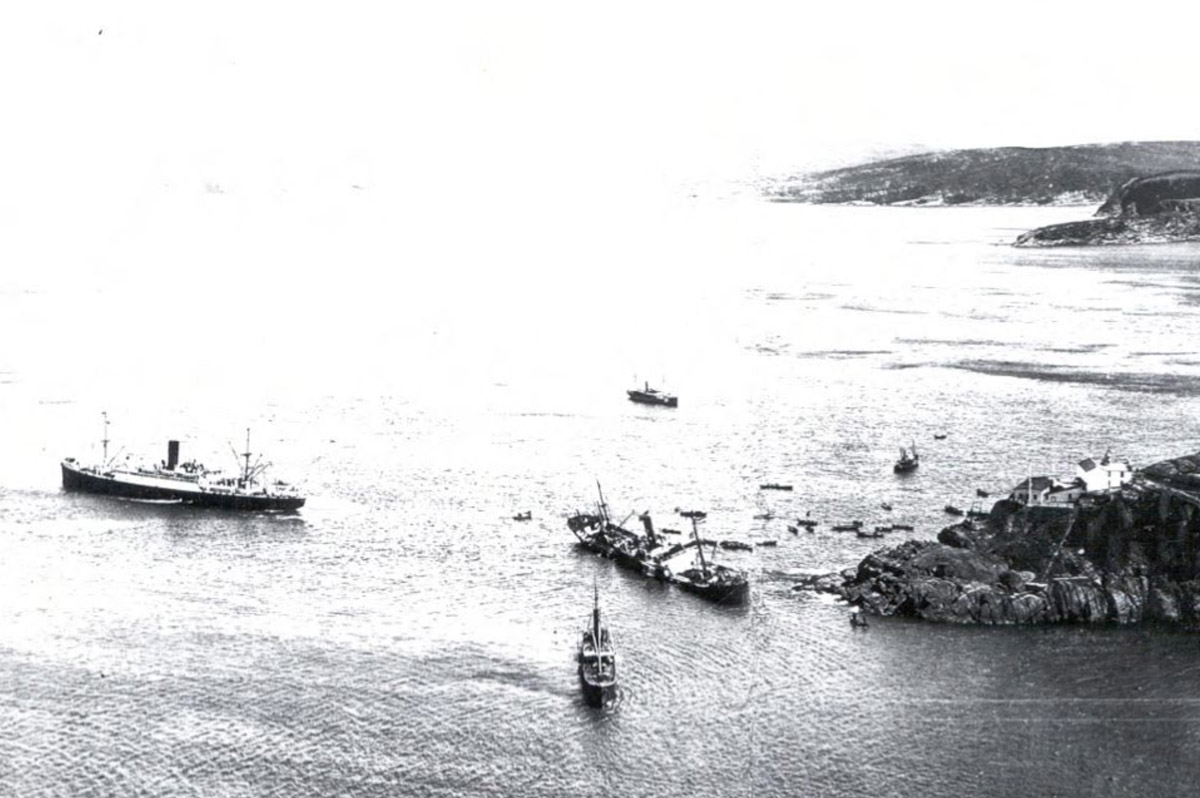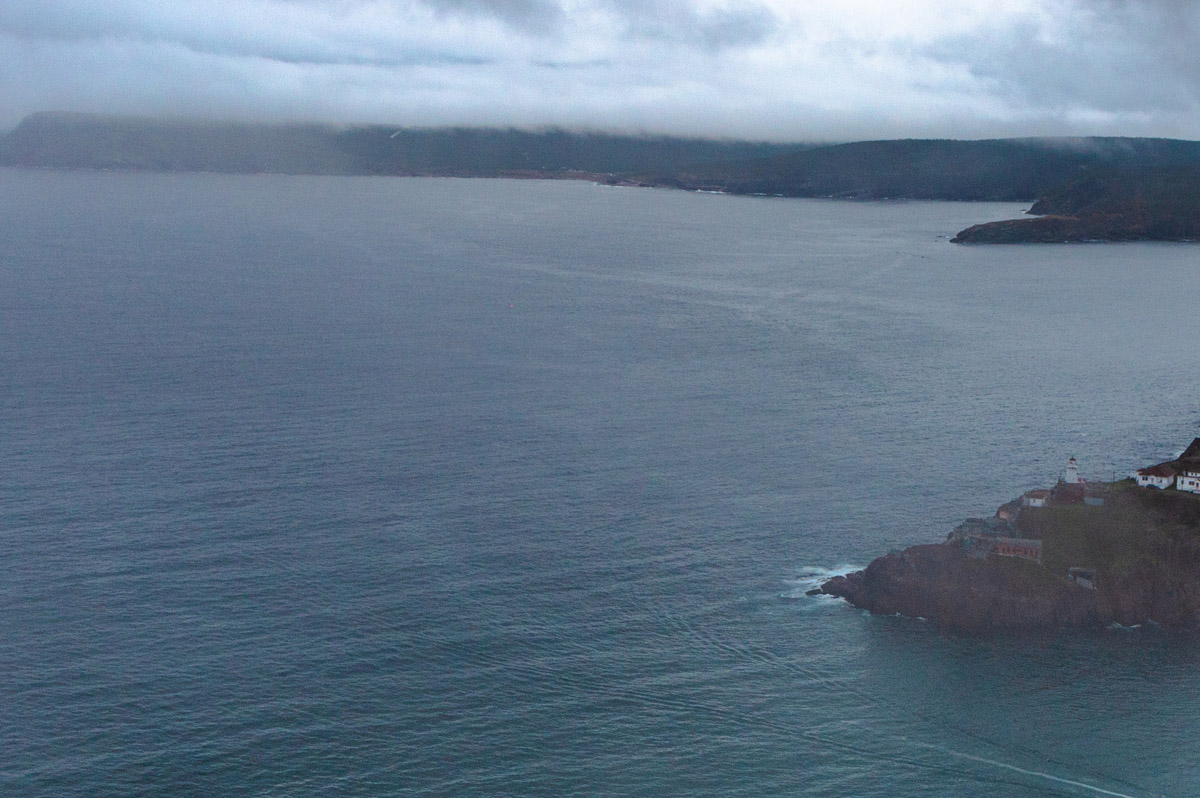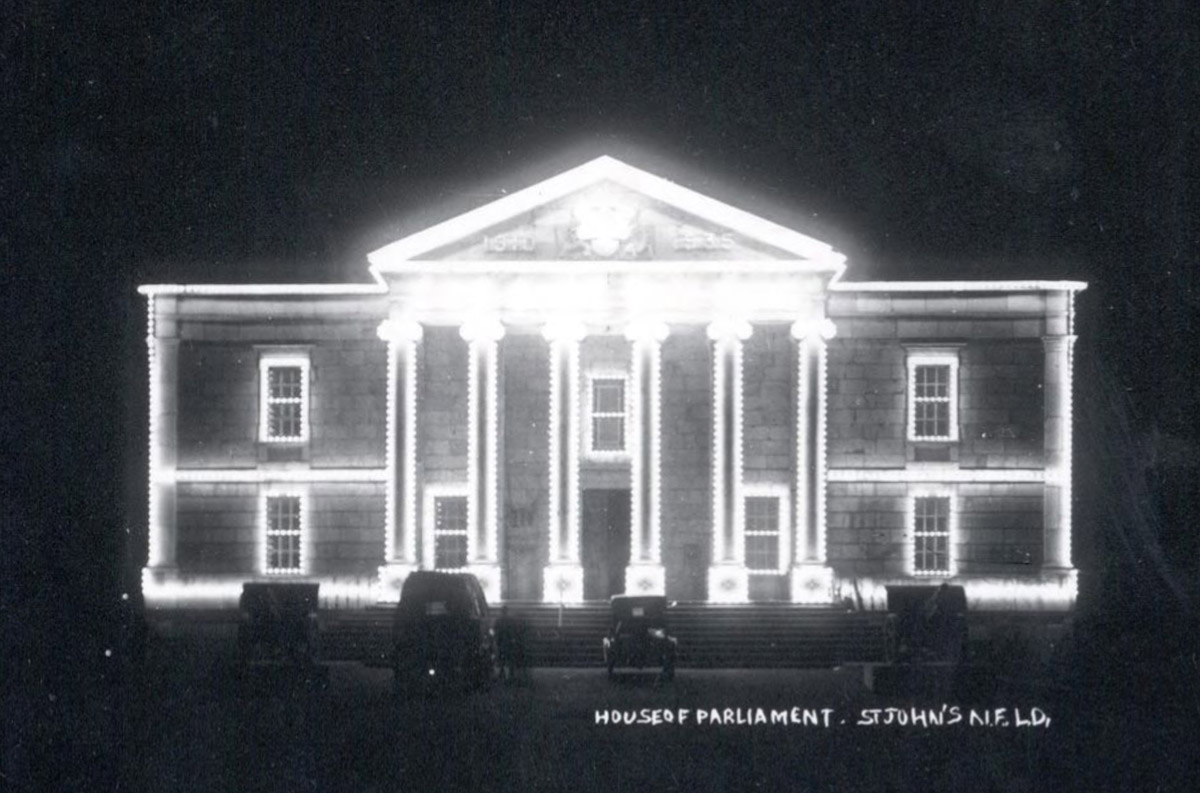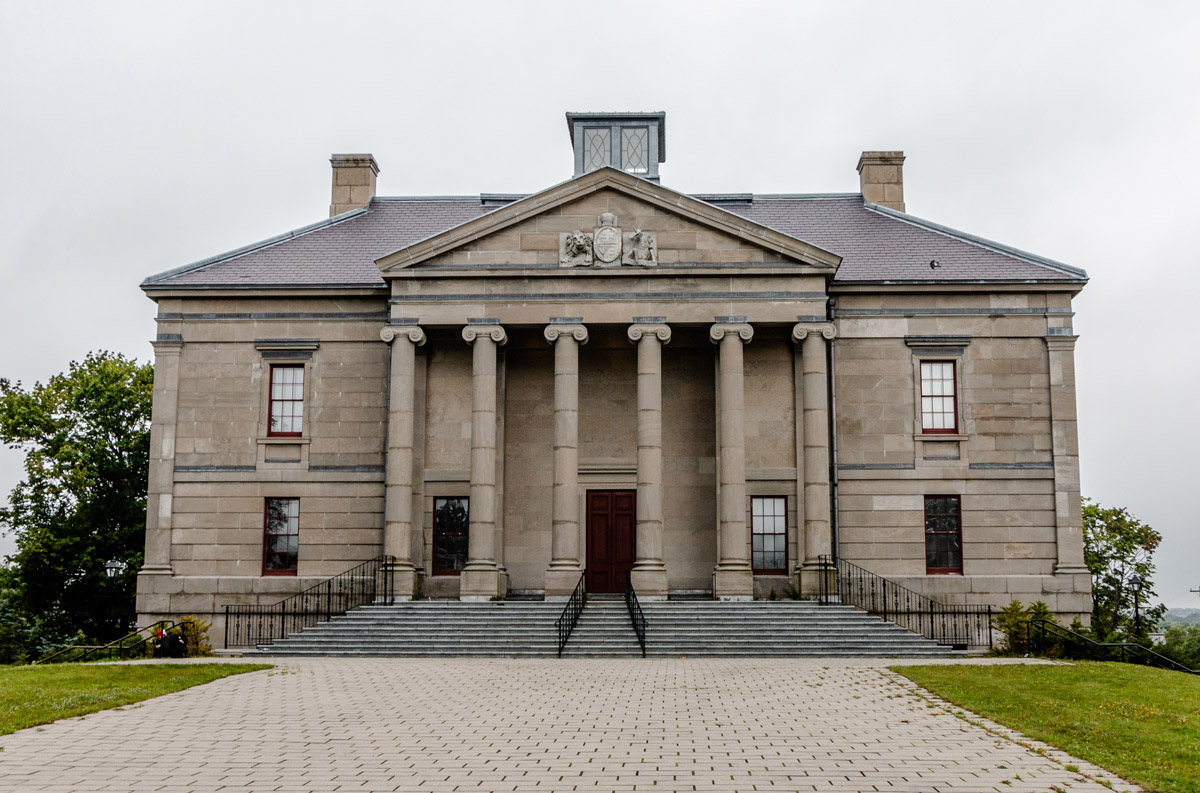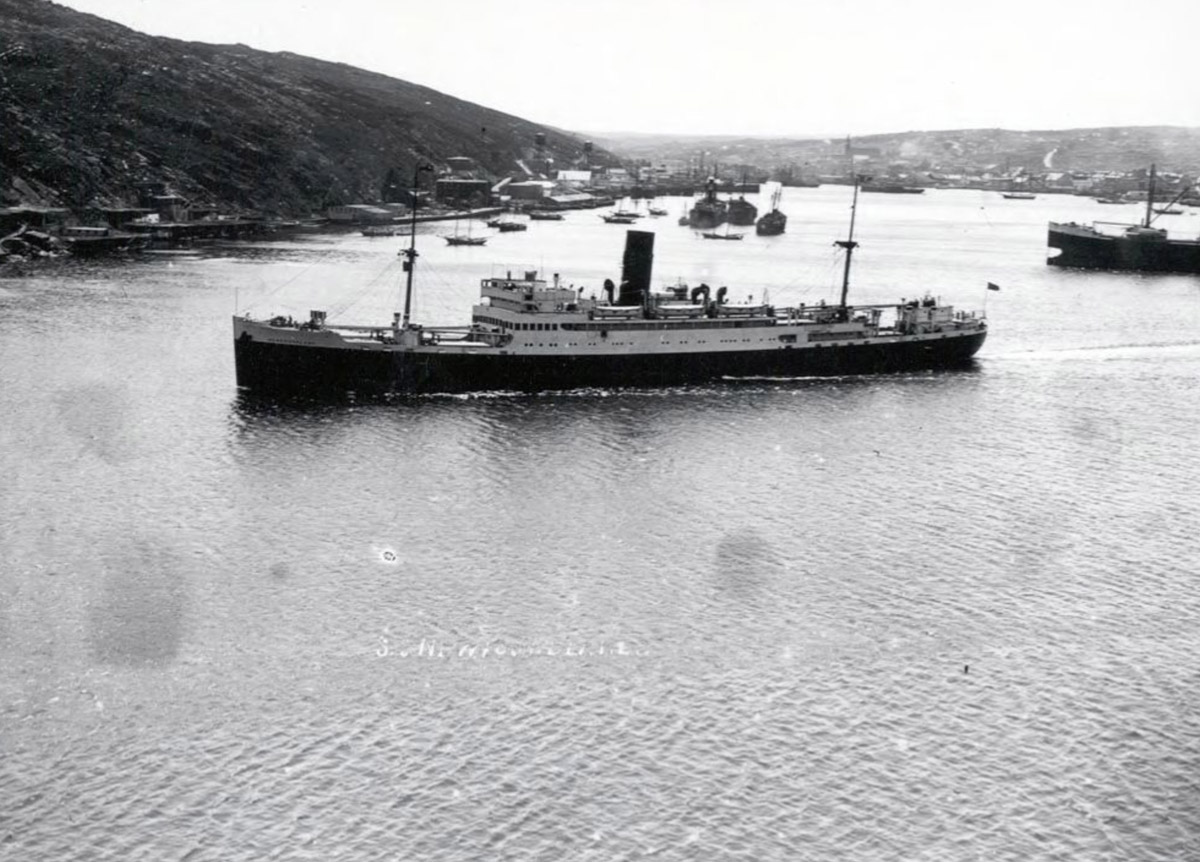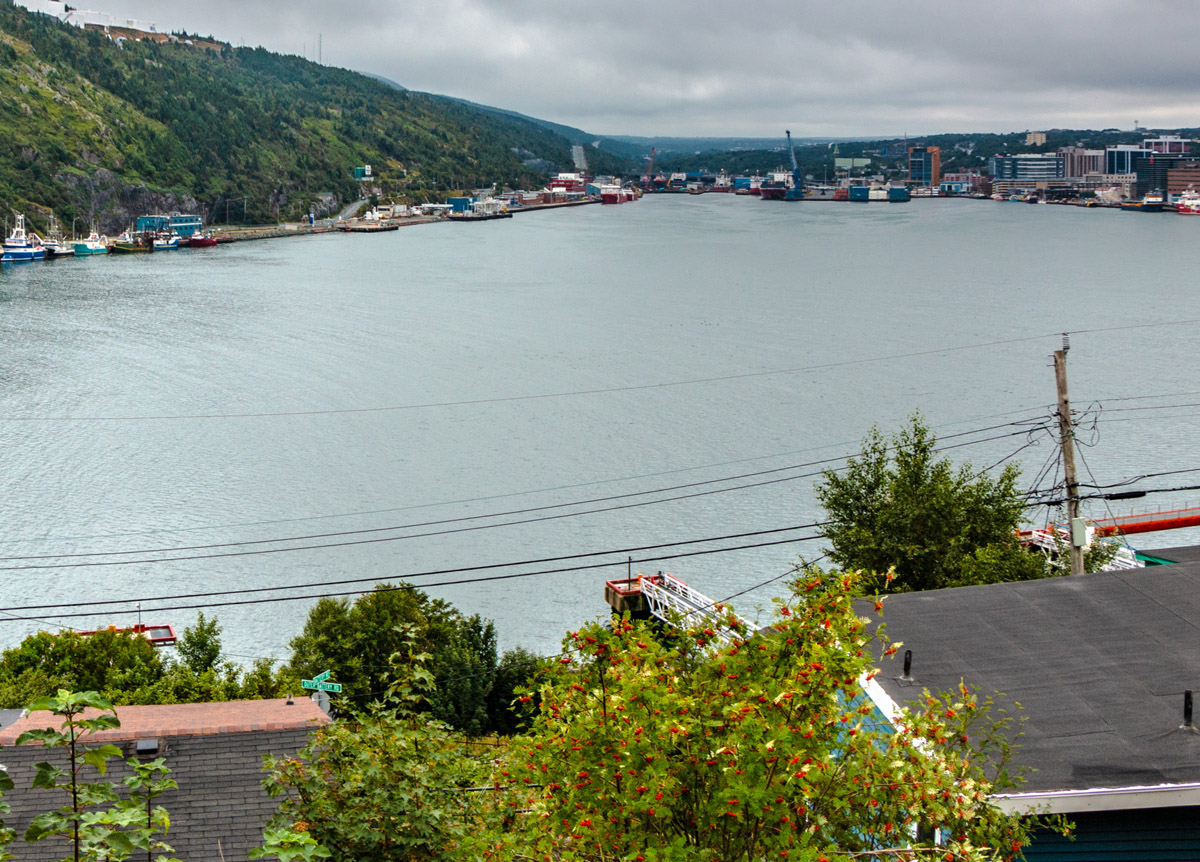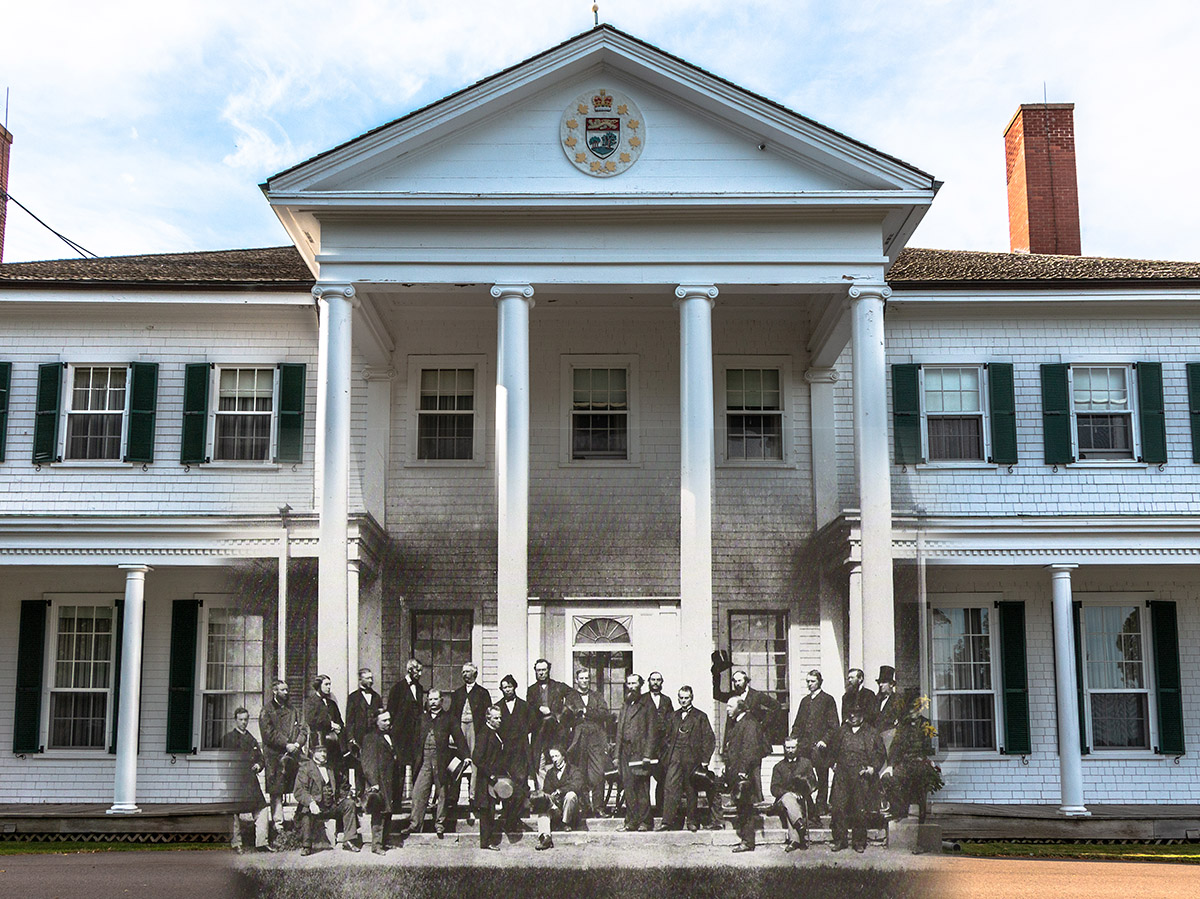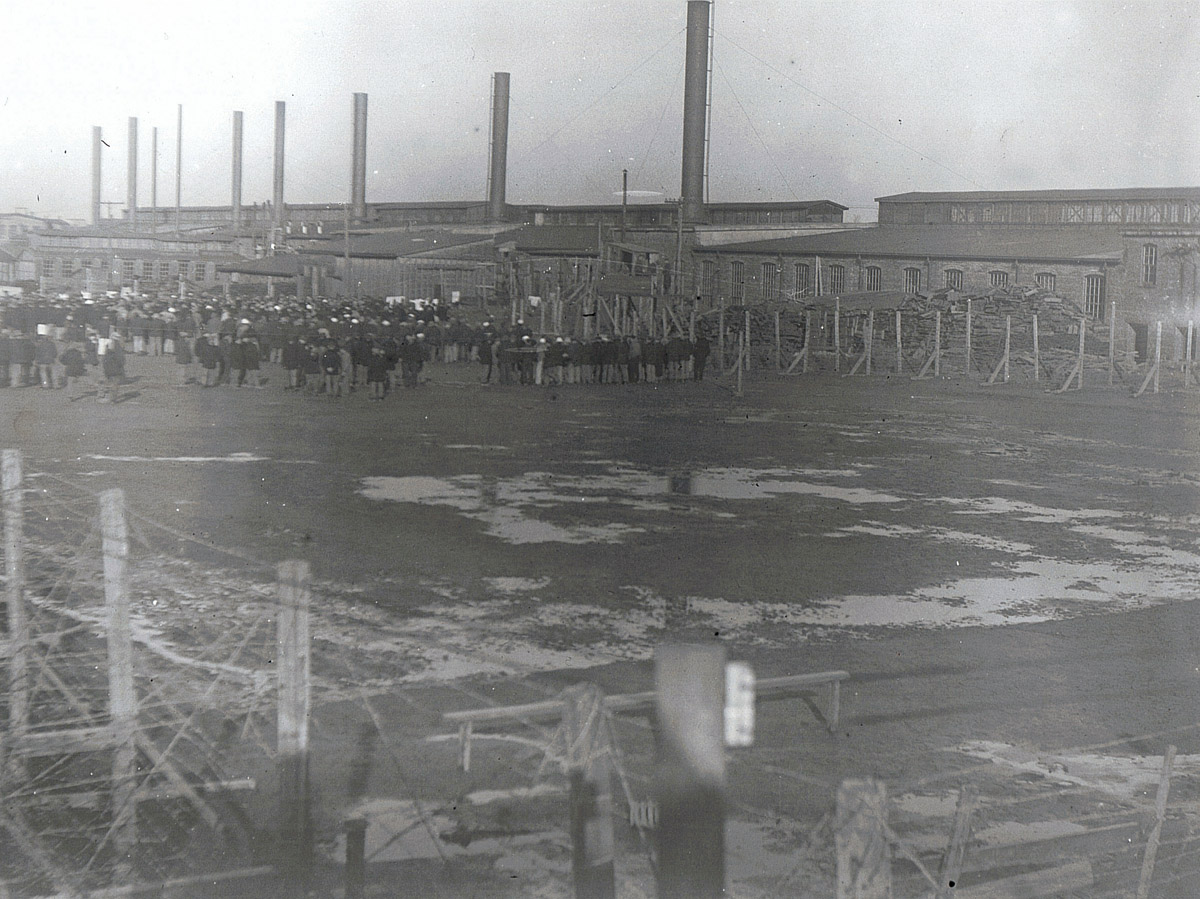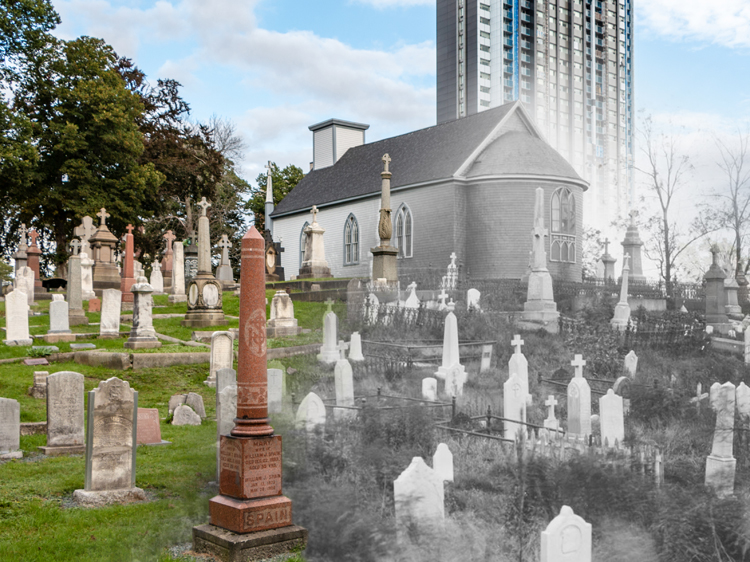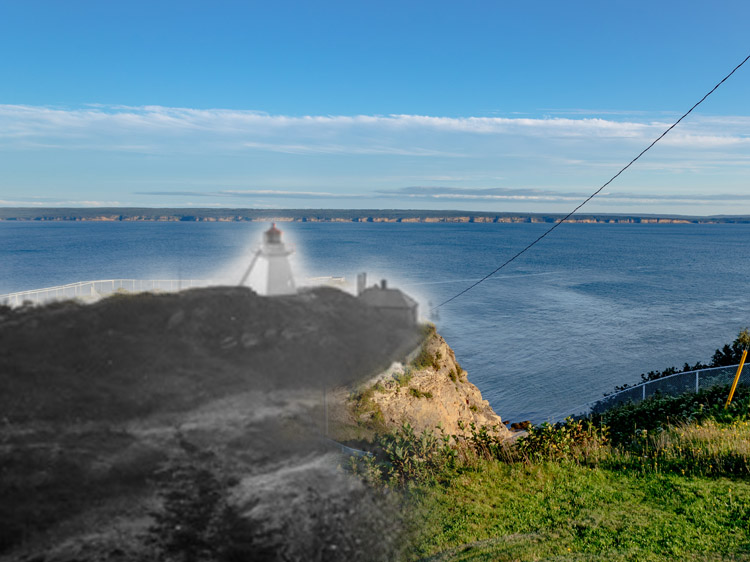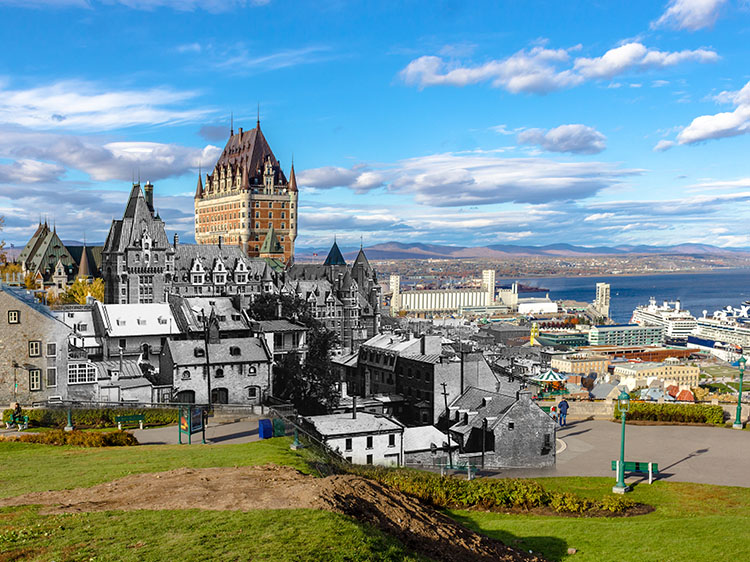Partner City
St. John's
City of Legends
St. John's is a city with a remarkable history. Before European settlement the land was inhabited by the Beothuk, an Indigenous people who likely migrated to Newfoundland from Labrador around 1 CE. A century later they encountered the first European visitors to Newfoundland, the Vikings, who reached North America 500 years before Columbus. Seeing the success of Spain's voyages across the Atlantic, in 1497 the English hired John Cabot to launch his own exploratory mission where he reached Newfoundland, and perhaps sailed into the fantastically defensible natural harbour where St. John's would be built. In the following decades and centuries, fishermen from a number of European countries would use this harbour as a seasonal base for exploiting the abundant sea-life of the North Atlantic. The fishermen didn't stay year round, and asides from a few abortive attempts at settler-colonization, it would be over a century before St. John's saw year-round settlement. The island became a British colony with St. John's as the capital. The harbour became an invaluable strategic base for British naval operations as they sought to tighten their grip over North America and expel competing European powers. The population grew gradually, and by 1815 it exceeded 10,000. A distinct nautical culture emerged that was based on the sea and the fisheries that supported the hardy population. In 1892 a Great Fire devastated the city, and it had to be rebuilt almost from scratch. In 1901 Gugliermo Marconi received the first Trans-Atlantic wireless telegraph message at Signal Hill, ushering in the era of long distance radio communication. The flower of St. John's and Newfoundland's manhood was wiped out in the trenches of the First World War, severely affecting the island's fortunes in the decades to come. This contributed to the reluctant decision in 1949 to cease being a British colony and instead join the Canadian Confederation. Today St. John's is a stunningly beautiful city, with unique and colourful architecture amidst a dramatic setting. As the capital of the province of Newfoundland, and is pretty much the only major population centre in the province, it has a huge cultural impact upon Newfoundland, and the rest of Canada.
We respectfully acknowledge the territory on which St. John's as located are the ancestral homelands of the Beothuk, and the island of Newfoundland as the ancestral homelands of the Mi'kmaq and Beothuk.
Explore
St. John's
Then and Now Photos
18th Century Harbour View
Memorial University of Newfoundland 03.01.008
ca. 1750
This painting shows the harbour busy with ships of all sizes and descriptions in the middle of the 18th Century. This would have been just a few years before the British would seize the colonies of New France to the south.
Early Harbour Painting
1831
A painting of St. John's from the earlier years of the 19th Century. At the time this was painted, St. John's already had a population of over 10,000, and this would continue to grow through the 19th Century.
North Atlantic Squadron
Memorial University of Newfoundland 03.05.002
ca. 1870s
A squadron of Royal Navy warships, possibly the North Atlantic Squadron, at anchor in St. John's harbour. The short smokestacks between the sails indicate that these ships were built in that brief transitory phase between the age of sail, and the wholesale adoption of steam power for warships.
Ships at Anchor
Memorial University of Newfoundland 03.01.006
ca. 1880s
A photo taken from Signal Hill shows several dozen ships of all sizes and classes moored in the southwest corner of St. John's harbour, at Bowrings Cove.
Looking towards the Cove
Memorial University of Newfoundland 02.01.027
ca. 1890s
On this street are some of the mercantile and manufacturing businesses that helped service the people of St. John's and the many fishermen who came to the anchorage at Bowrings Cove. The streets are decidedly muddy, and the side of the Moyer Company building appears splattered with mud.
Parker & Monrose Ltd.
Memorial University of Newfoundland 02.01.014
ca. 1890s
A small bunch of 'newsies', that is newspaper boys, peer curiously at the camera in front of the Parker & Monrose Ltd. store on Water Street.
A Great Fire's Aftermath
Memorial University of Newfoundland 05.01.012
1892
A view of the city showing the utter devastation caused by the Great Fire of 1892. The fire broke out in a stable and rapidly consumed nearly all of St. John's, leaving 11,000 homeless. The fire caused widespread misery and devastated St. John's economy for years to come as the recovery was slow and painful. This view shows Devon Rowin the foreground.
Teachers' Convention
Memorial University of Newfoundland 04.03.001
1898
Teachers from across Newfoundland have gathered in front of the Colonial Building for a photo taken during St. John's first Teachers' Convention.
Marconi's Kite
1901
Marconi and his assistants struggling to get kits flying over Signal Hill. The brilliant Italian physicist and inventor was using the kites to get better signal for his wireless telegraph, successfully receiving the first trans-Atlantic radio message from Cornwall, England. The achievement was one of the most important events of the 20th Century.
A Drive to Cabot Tower
1908
Two men, one of them identified as H.D. Reid, have driven their touring car up to Cabot Tower and are posing for a photo. This was likely one of the first cars to be seen in St. John's.
Schooners in the Narrows
Memorial University of Newfoundland 03.03.016
ca. 1900s
A number of schooners are navigating the Narrows in this photo taken from just above sea level.
Victoria Hall
Memorial University of Newfoundland 02.01.030
ca. 1900s
The Victoria Hall (or United Business Hall) on Gower Street seen during wintertime.
A Cruiser Visits
Memorial University of Newfoundland 03.07.013
1905
What appears to be a visit to St. John's by a squadron of the Royal Navy. The ship in the foreground appears to be a Diadem Class heavy cruiser. These were build in the 1890s, the pre-Dreadnought era, and therefore bristled with guns of a variety of calibres, but none of them very big. Their role was to project British power over vast distances to the far flung parts of the Empire.
SS Susu
Memorial University of Newfoundland 03.05.006
ca. 1910
The SS Susu coming into the Narrows with bunting flying.
The National War Memorial
Memorial University of Newfoundland 05.05.012
1924
A crowd has gathered to witness the unveiling of Newfoundland's National War Memorial after the First World War. Newfoundland suffered catastrophic losses during the war, especially during the attack on Beaumont Hamel on July 1, 1916. The colony's small population lost such a large share of their young men killed and maimed that it would take decades to recover, if they ever truly did.
Posing on the Steps
Memorial University of Newfoundland 04.04.006
1930
A group of men and women pose for a photo on the steps of the Colonial Building in 1930.
Shipwrecked in the Narrows
Memorial University of Newfoundland 03.03.015
1933
A freighter has run aground on the shoals right beneath Fort Amherst. As she flounders, a number of other ships are coming alongside to assist if they can and take off the crew. The one at left appears to be the SS Newfoundland or a ship in its class. The sailors are fortunate that this is occurring during daytime in relatively calm seas.
Colonial Building at Night
Memorial University of Newfoundland 02.04.004
1935
The Colonial Building, seat of Newfoundland's colonial and then provincial government from 1850 to 1959. It has been decorated for the occasion of King George V's Silver Jubilee in 1935, marking his 25th year on the throne. He would die the next year.
SS Newfoundland
Memorial University of Newfoundland 03.05.016
ca. 1930s
The ship SS Newfoundland steaming out of St. John's port sometime before 1940. After her launch in 1925 she served as a mail ship running between Liverpool and Boston with stops in St. John's and Halifax. During the Second World War she helped ferry wounded soldiers between Britain and Canada, until in September 1943 she was redesignated a hospital ship and sent to support the Allied landings in Italy. Despite the prominent Red Cross markings, while at anchor the ship was attacked by Luftwaffe air-launched radio-guided bombs (the first anti-ship missiles in history) and sunk with the loss of a dozen lives.

